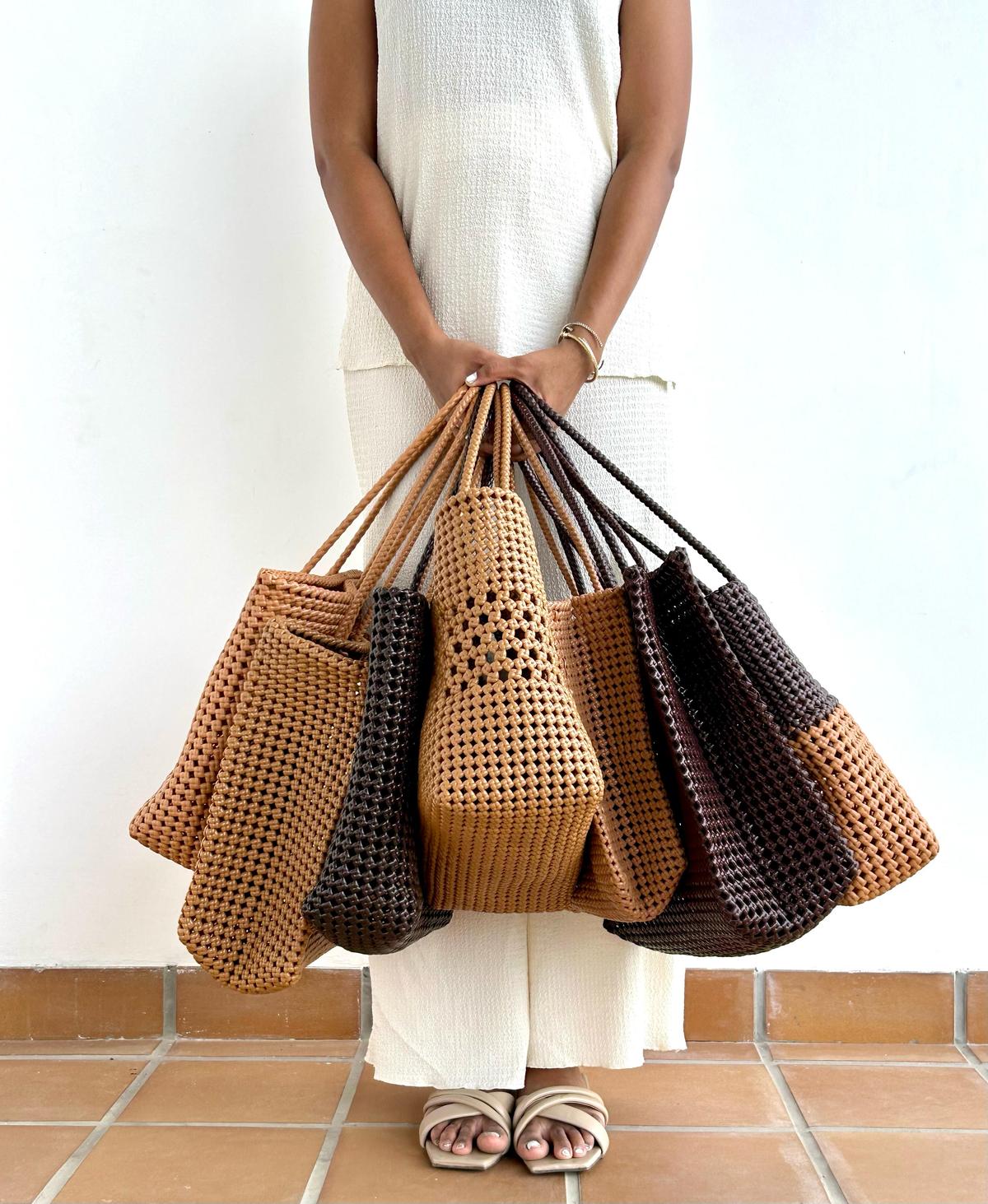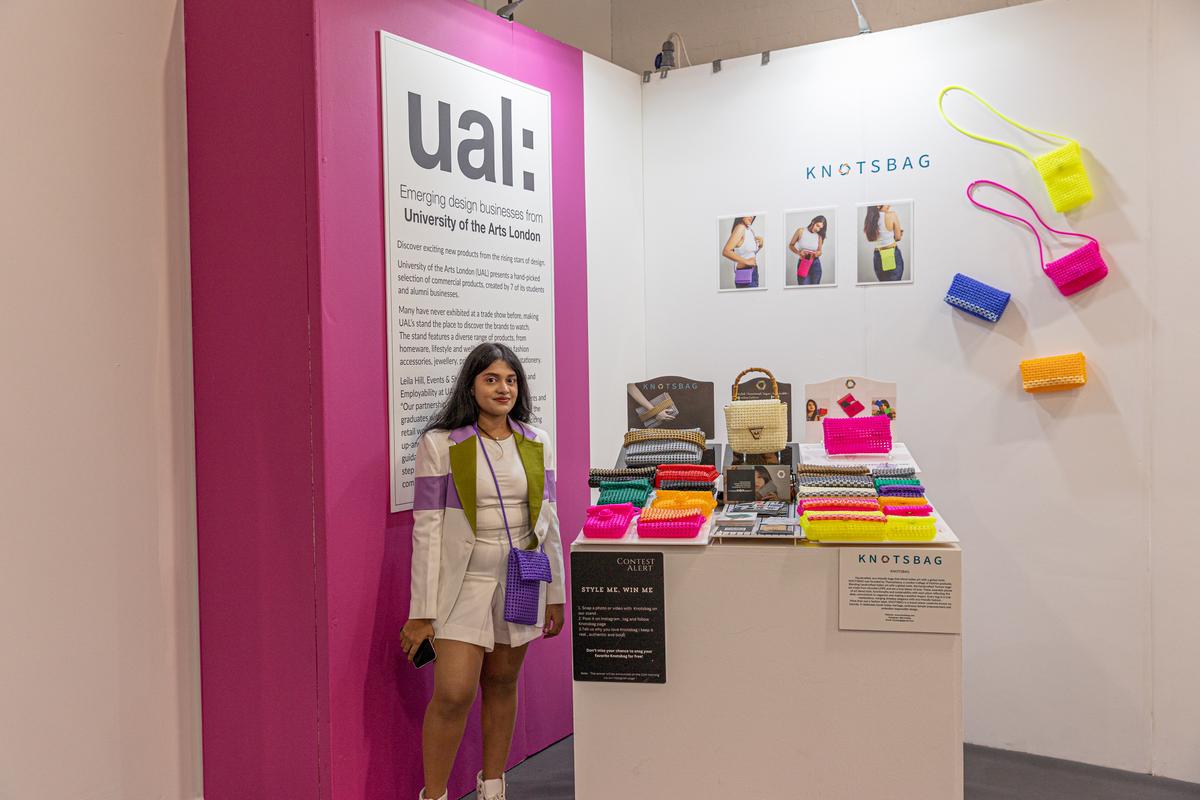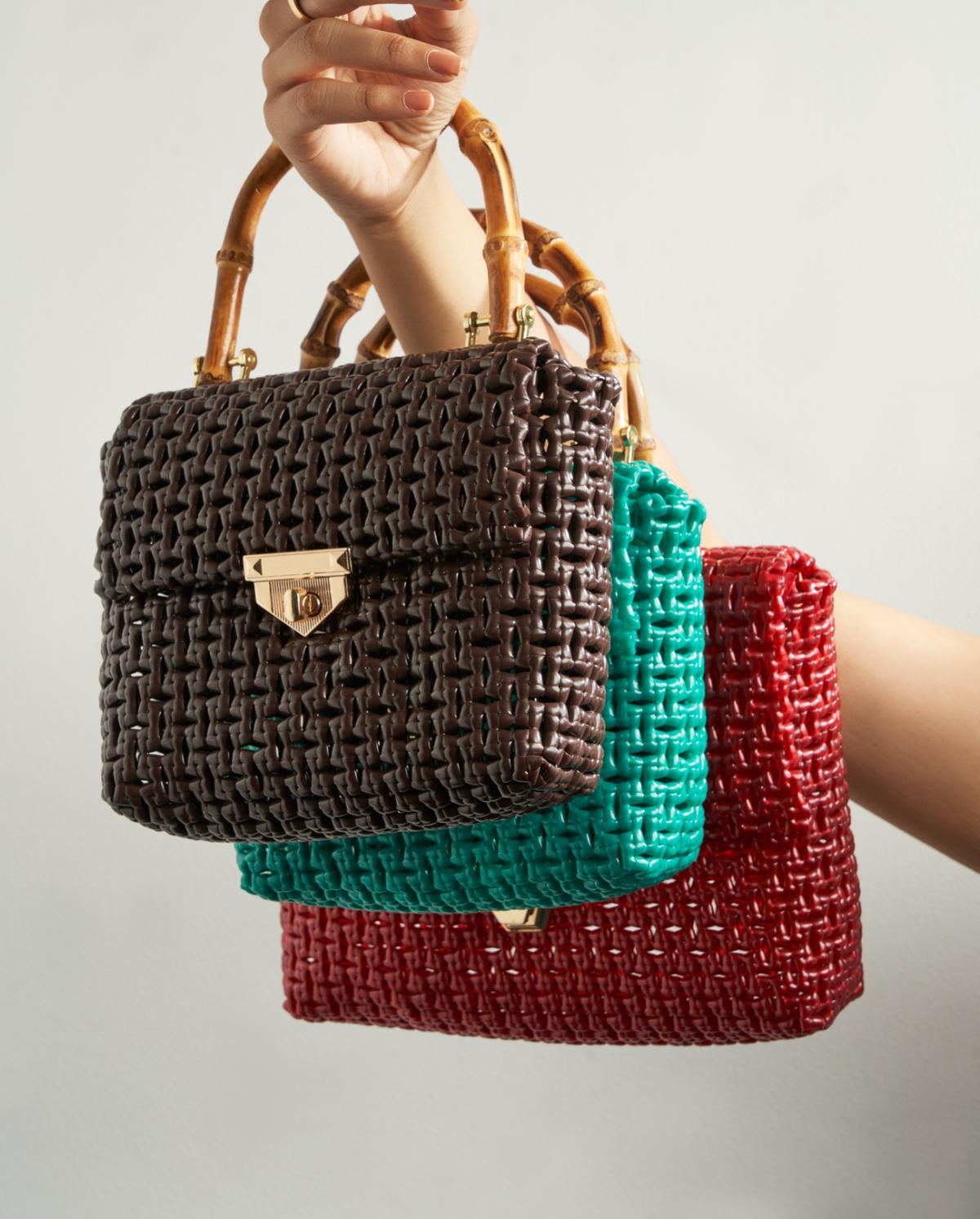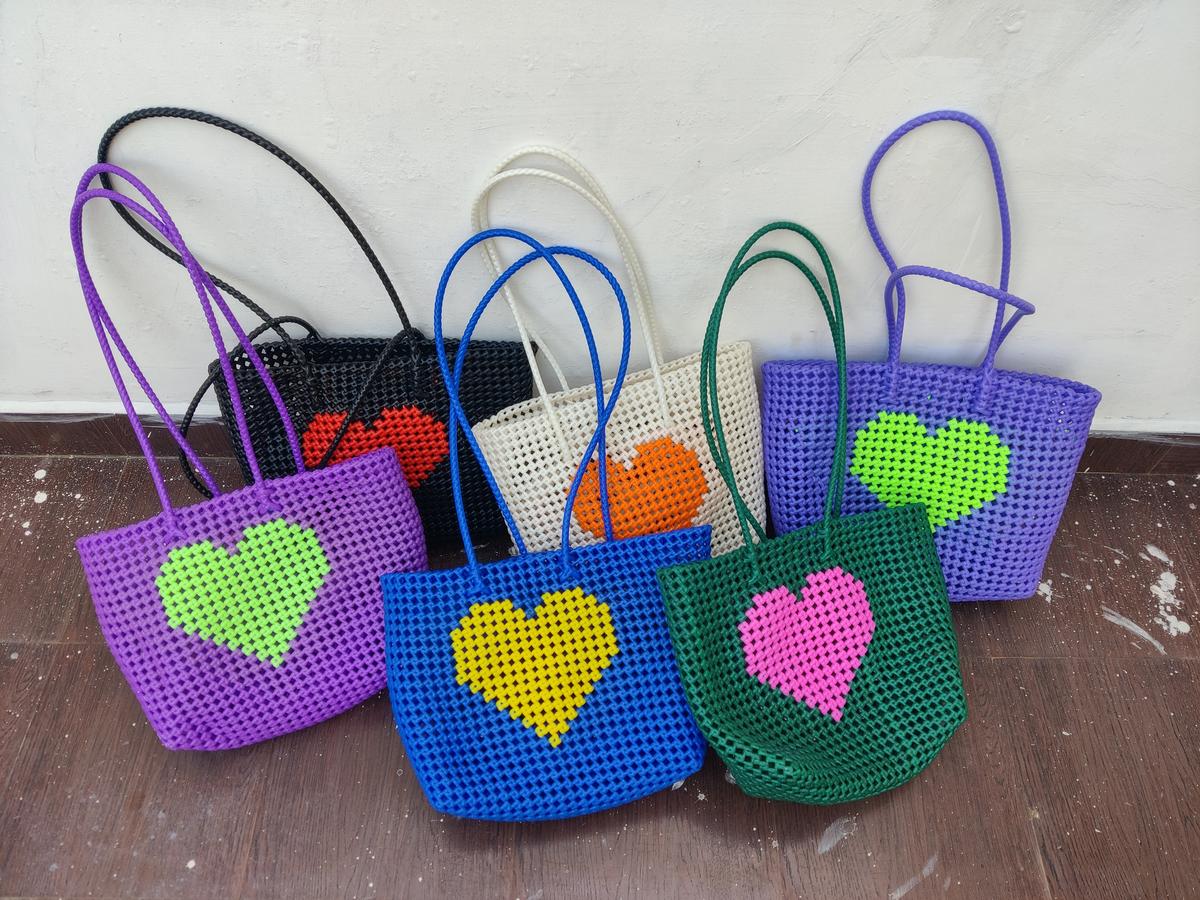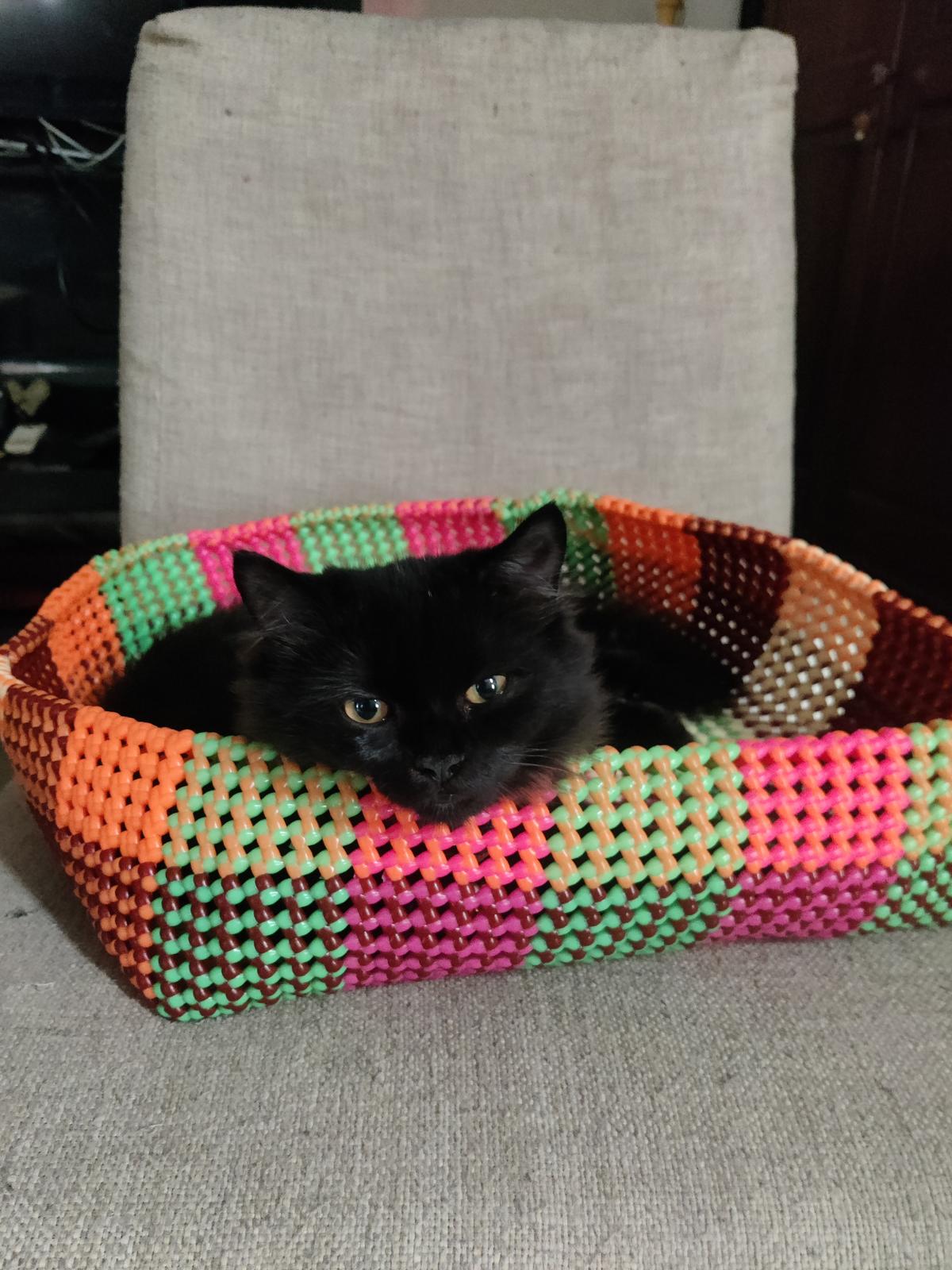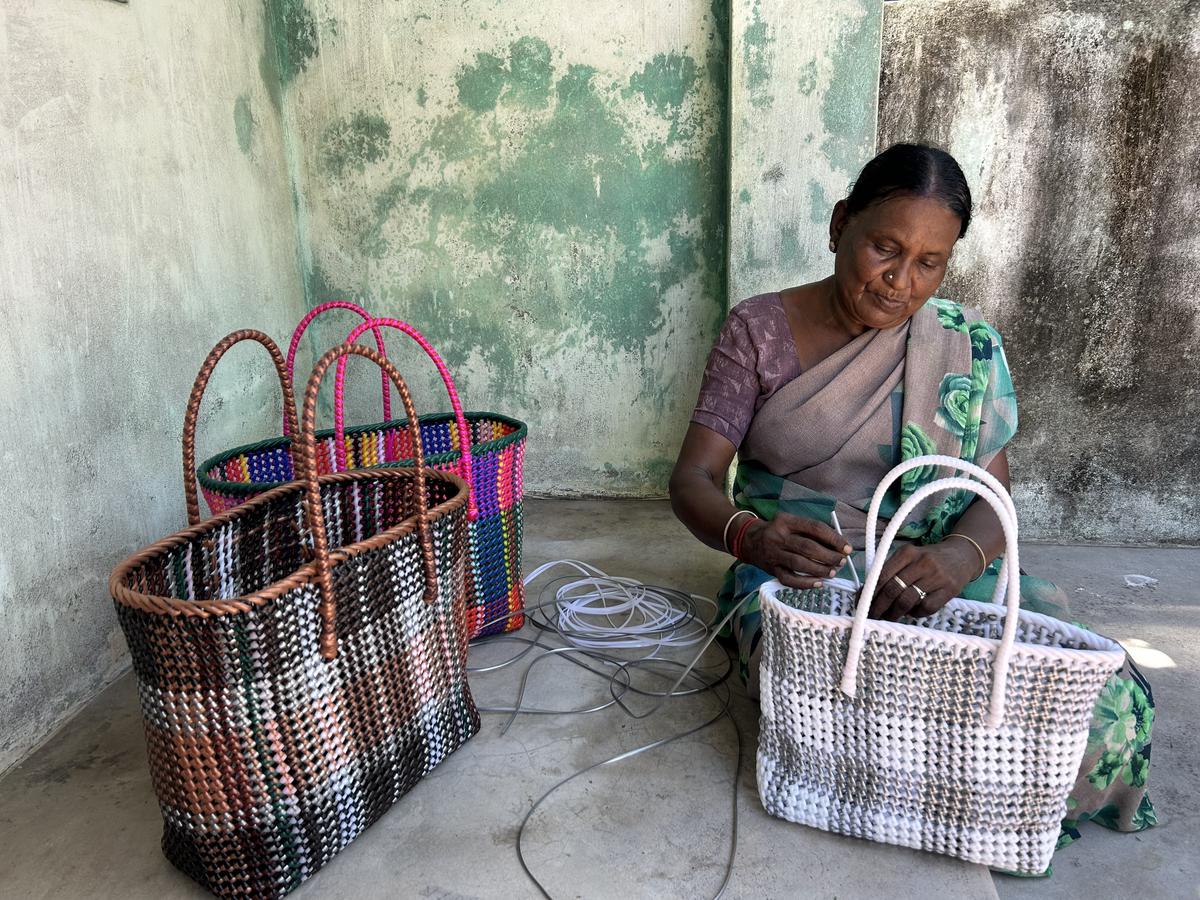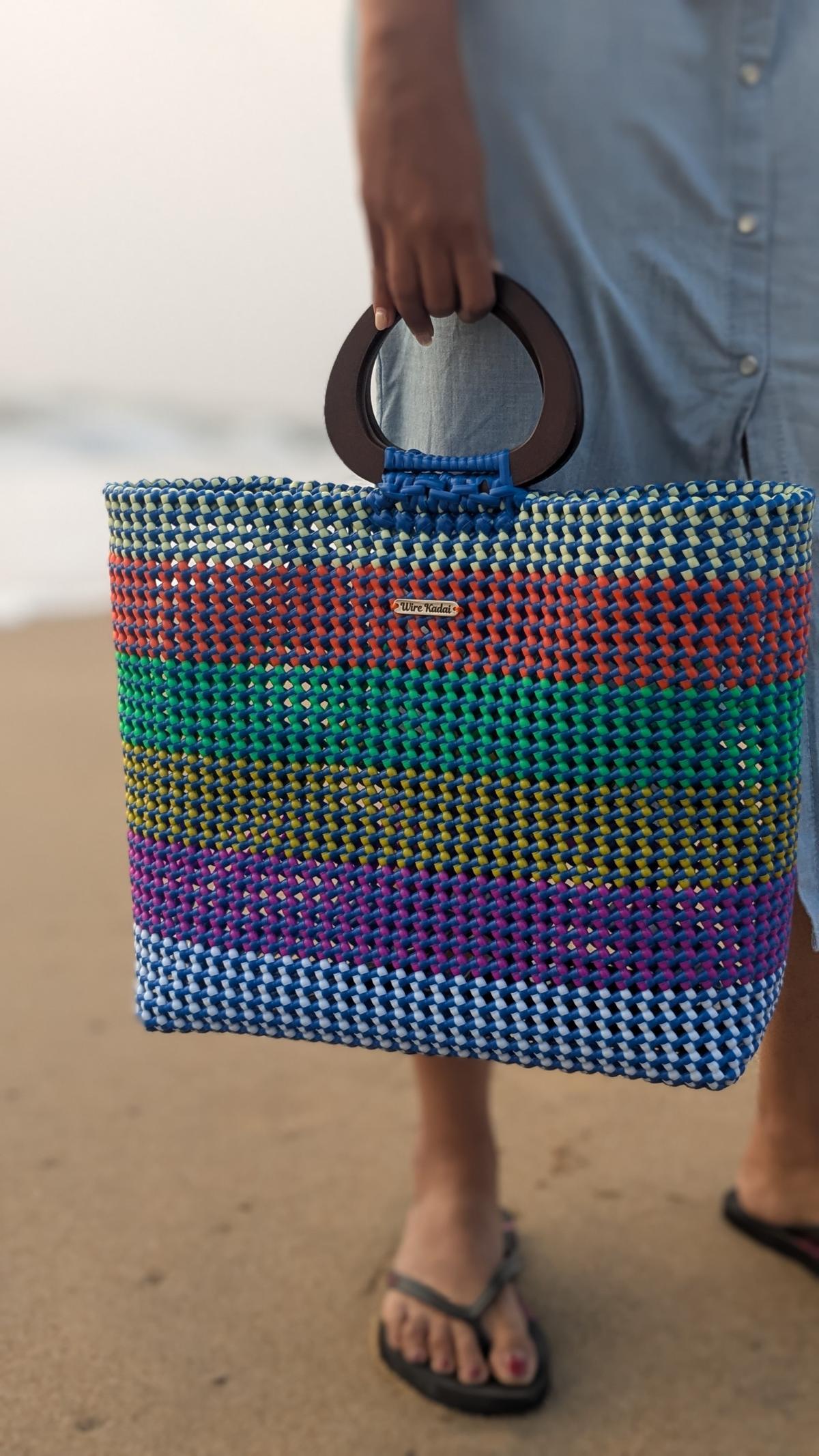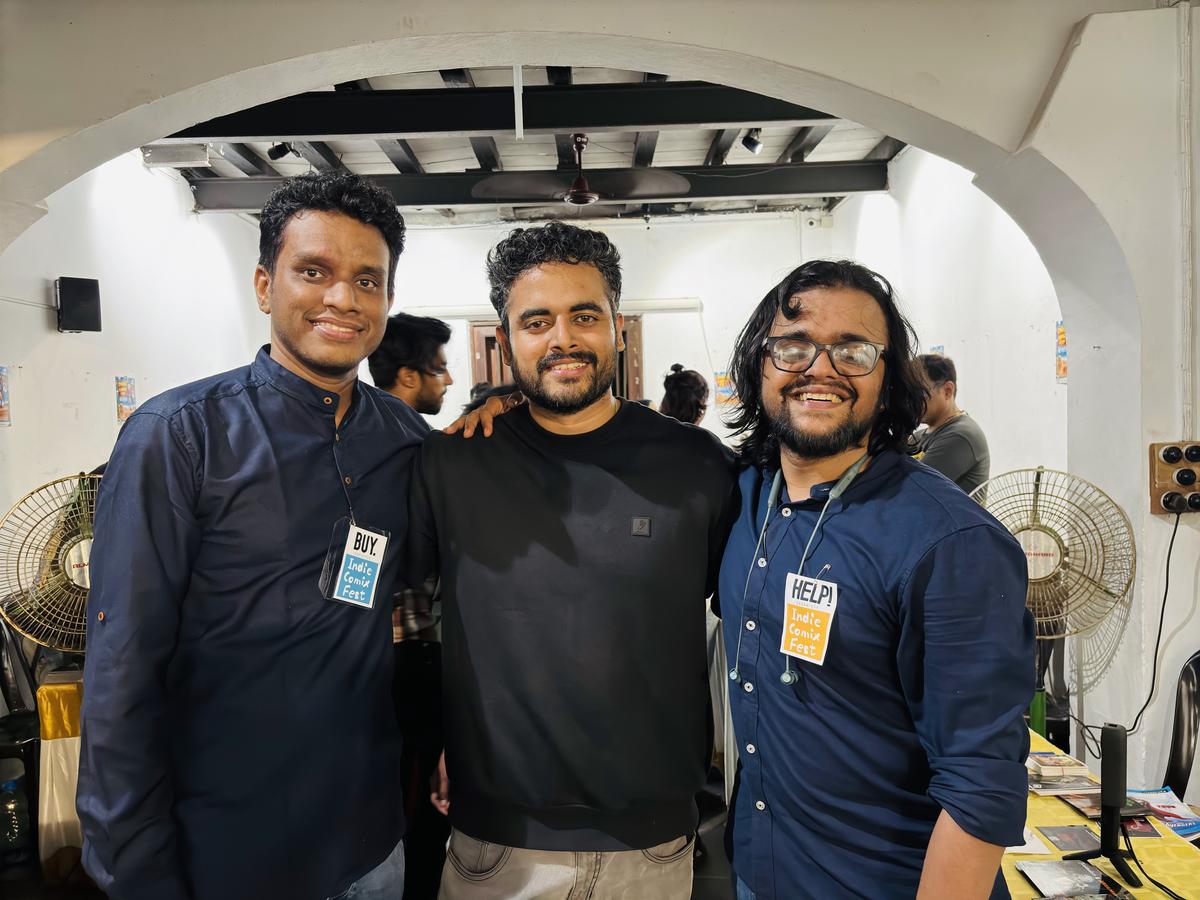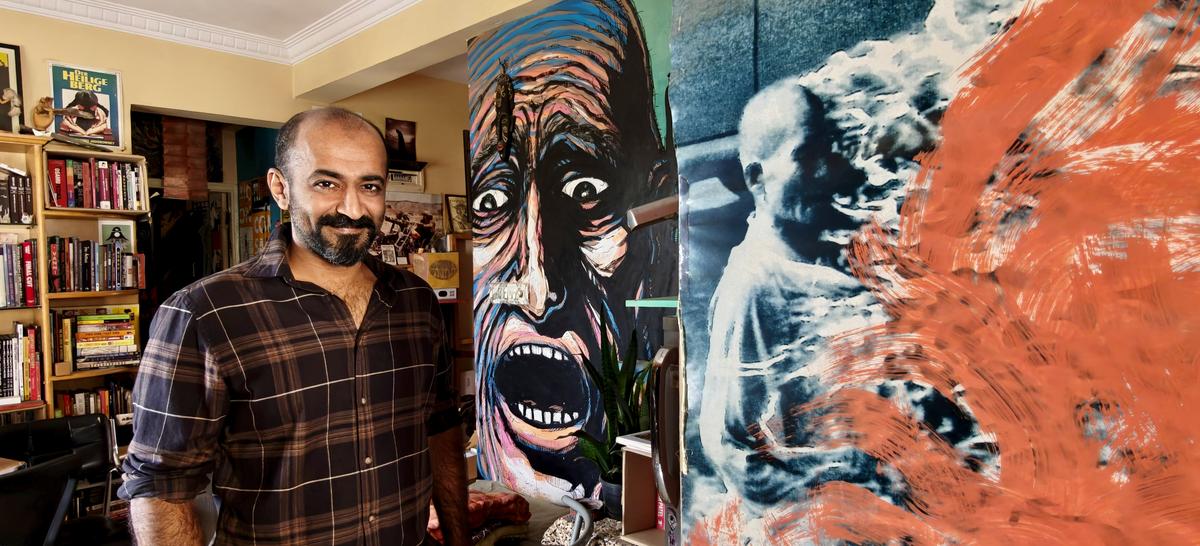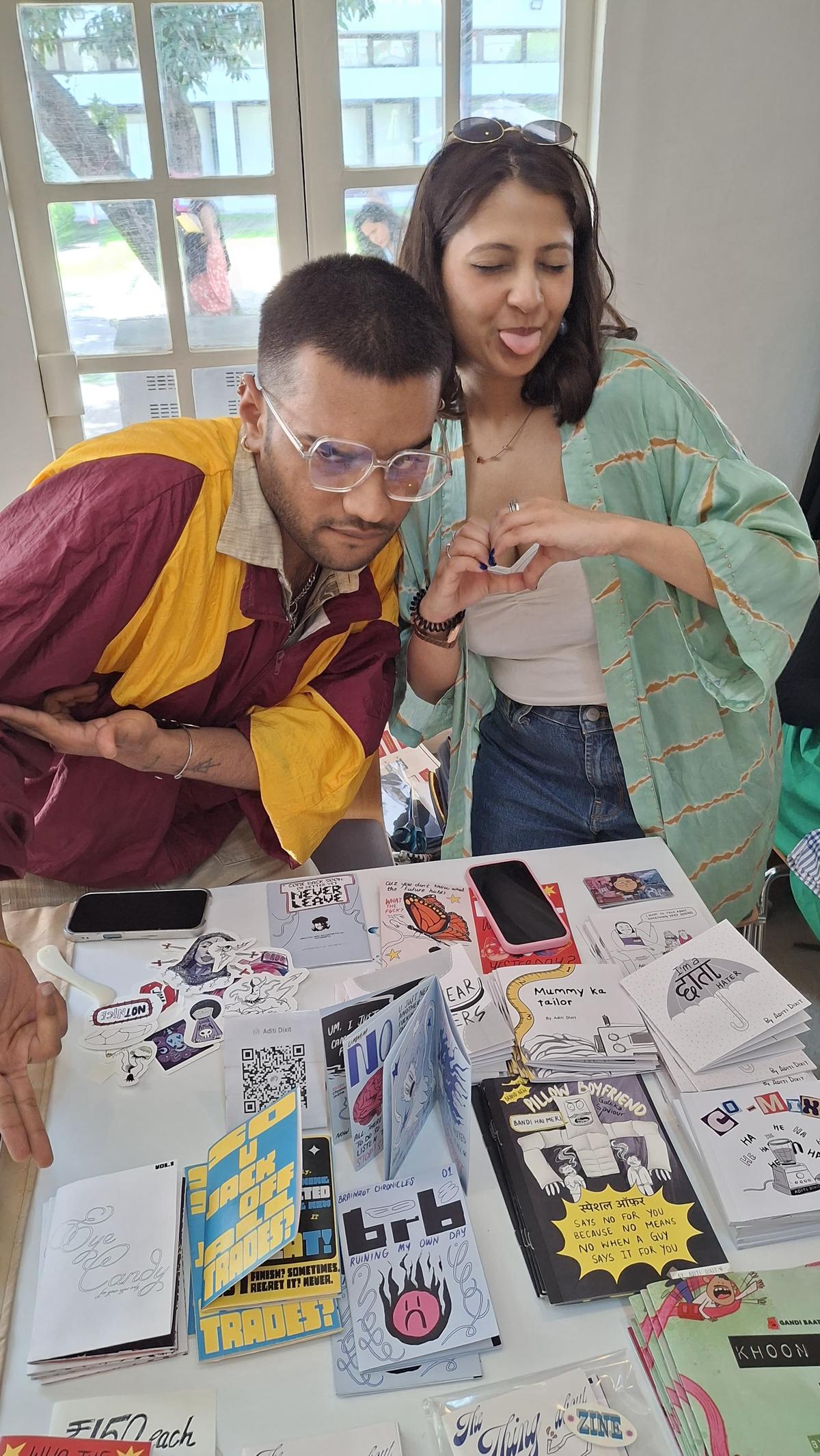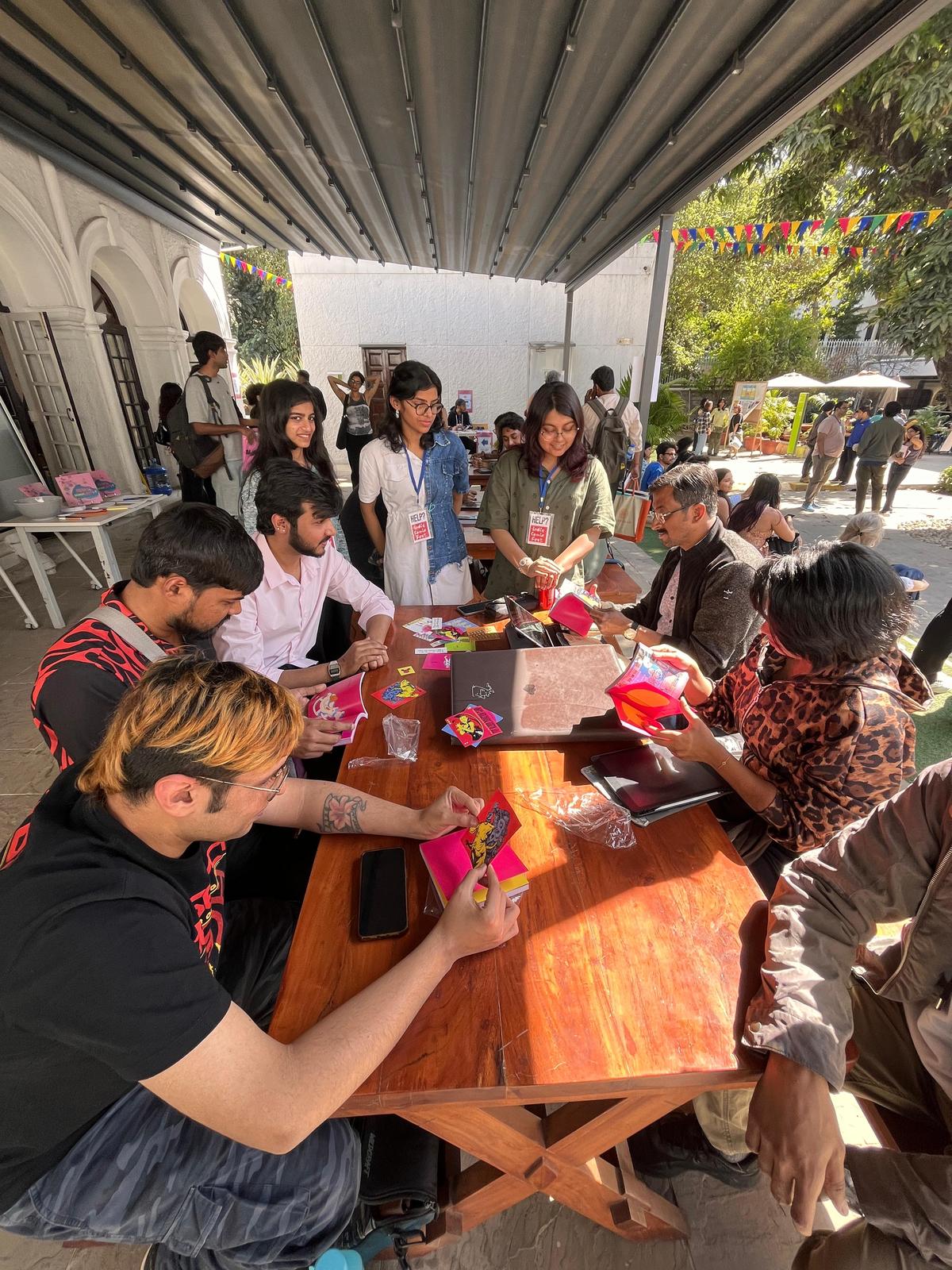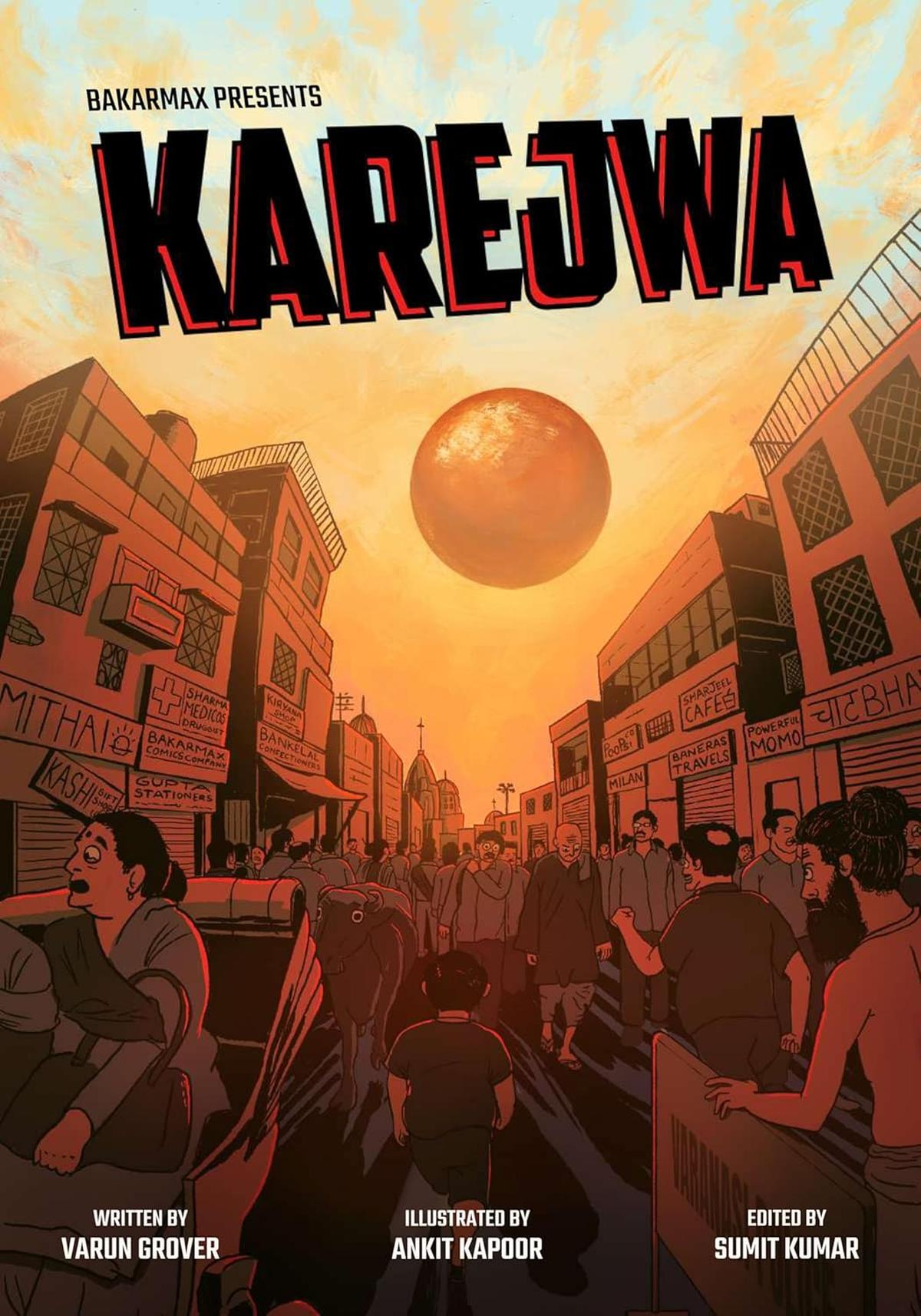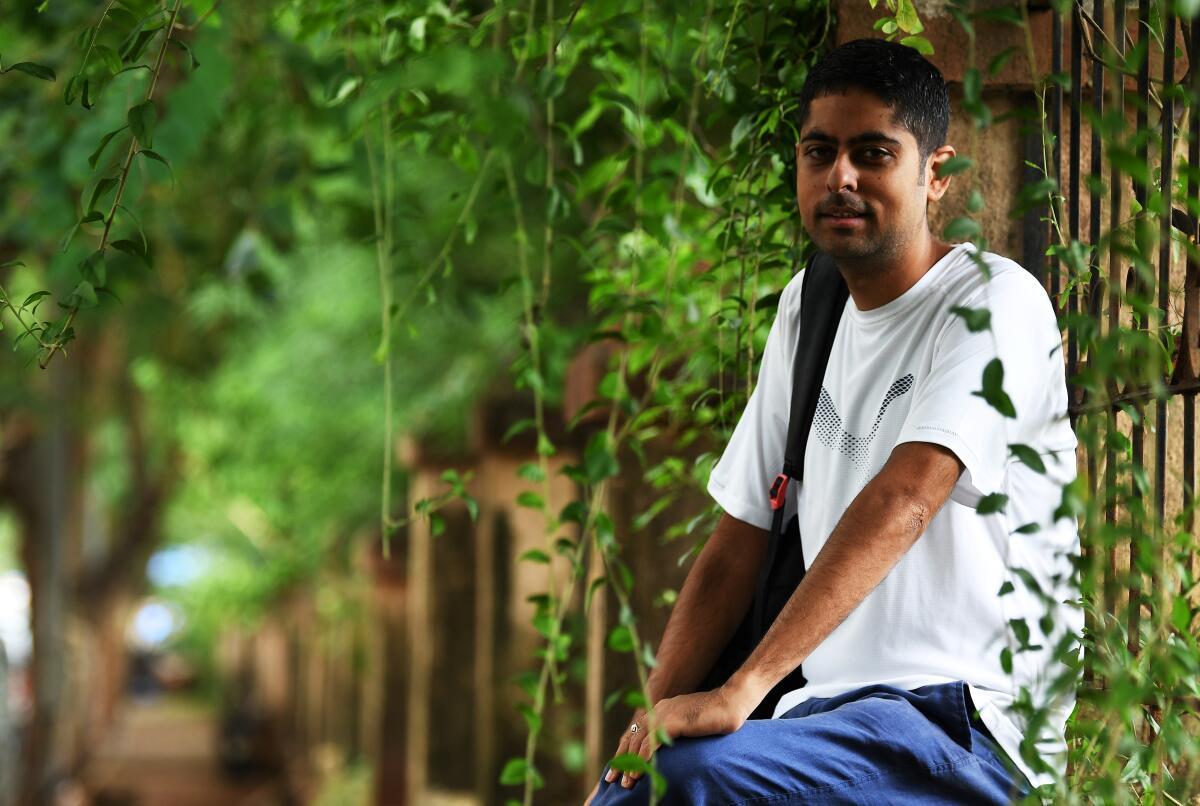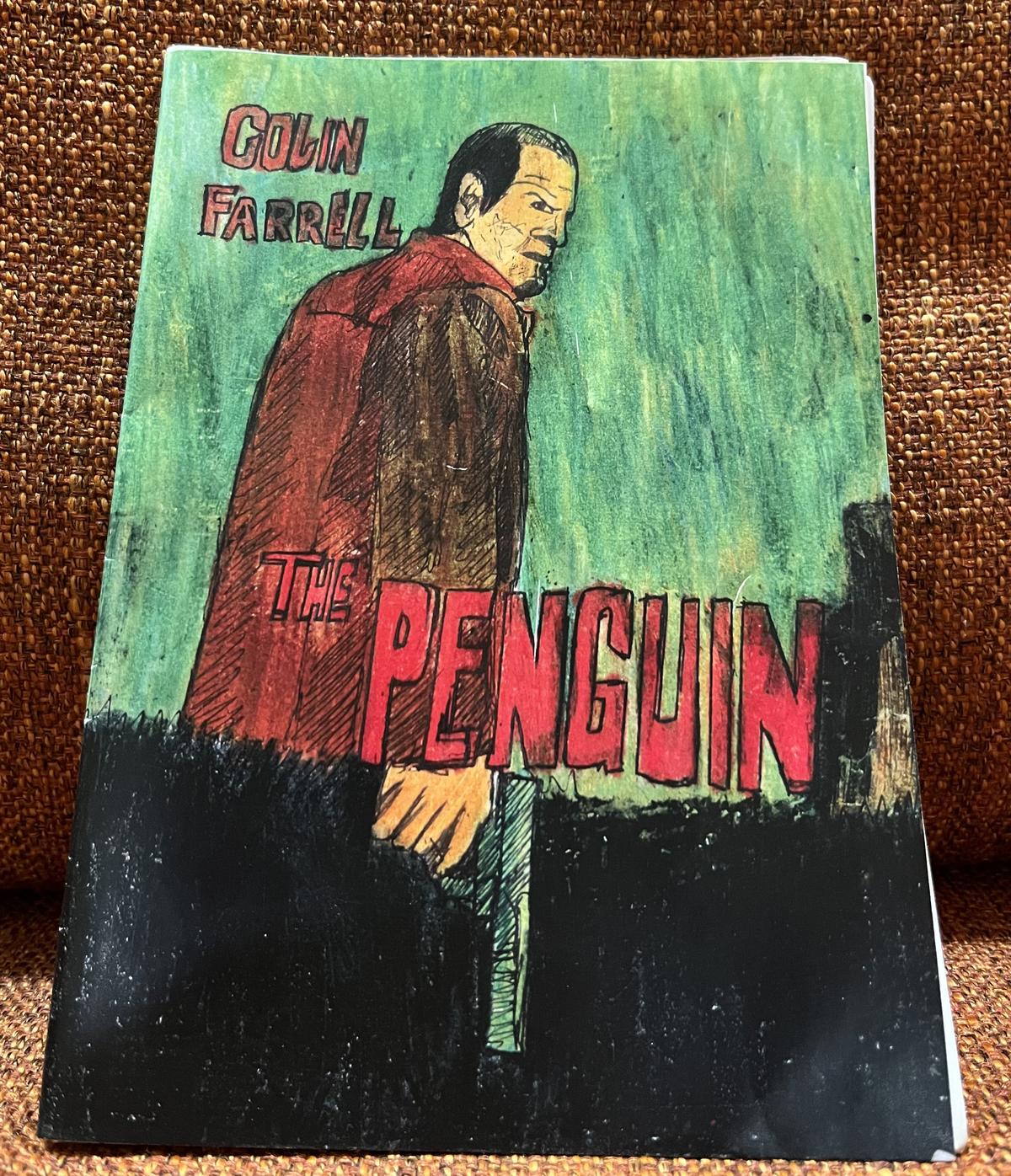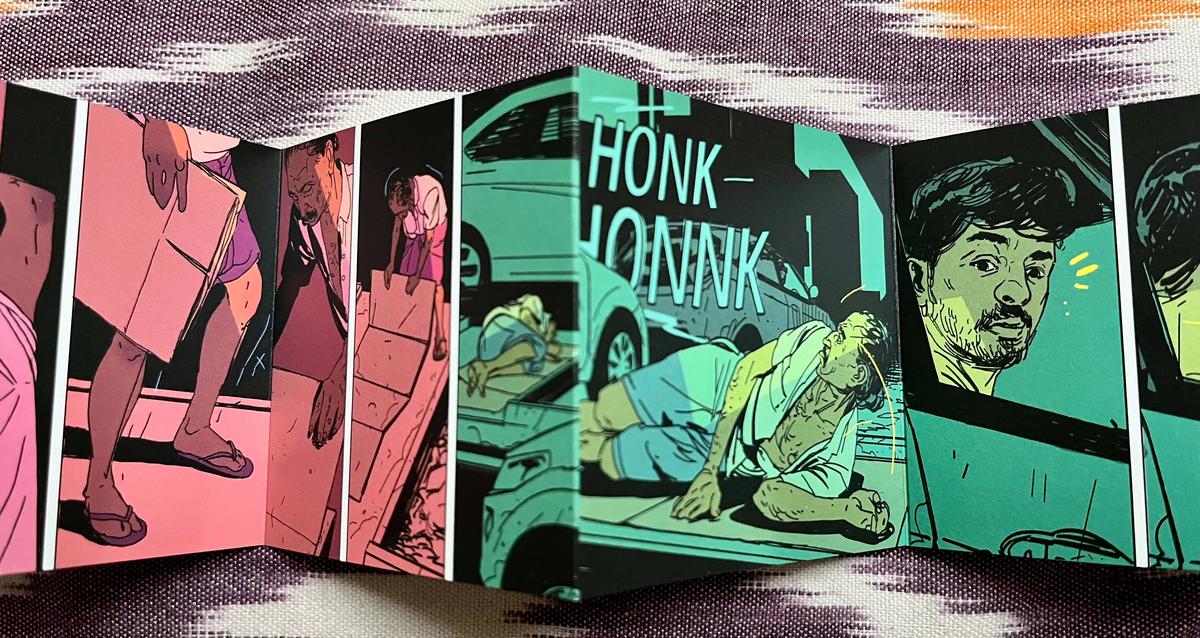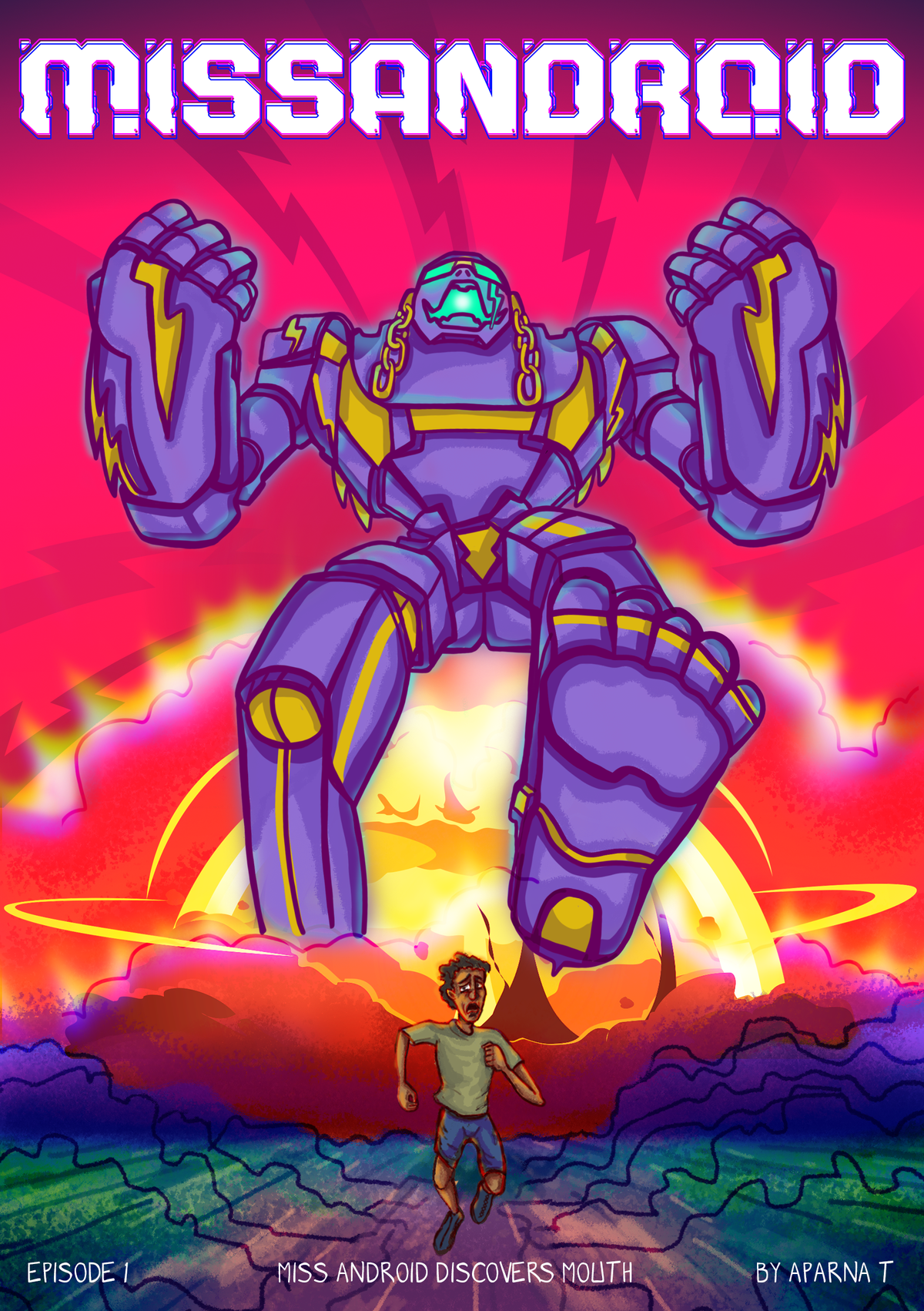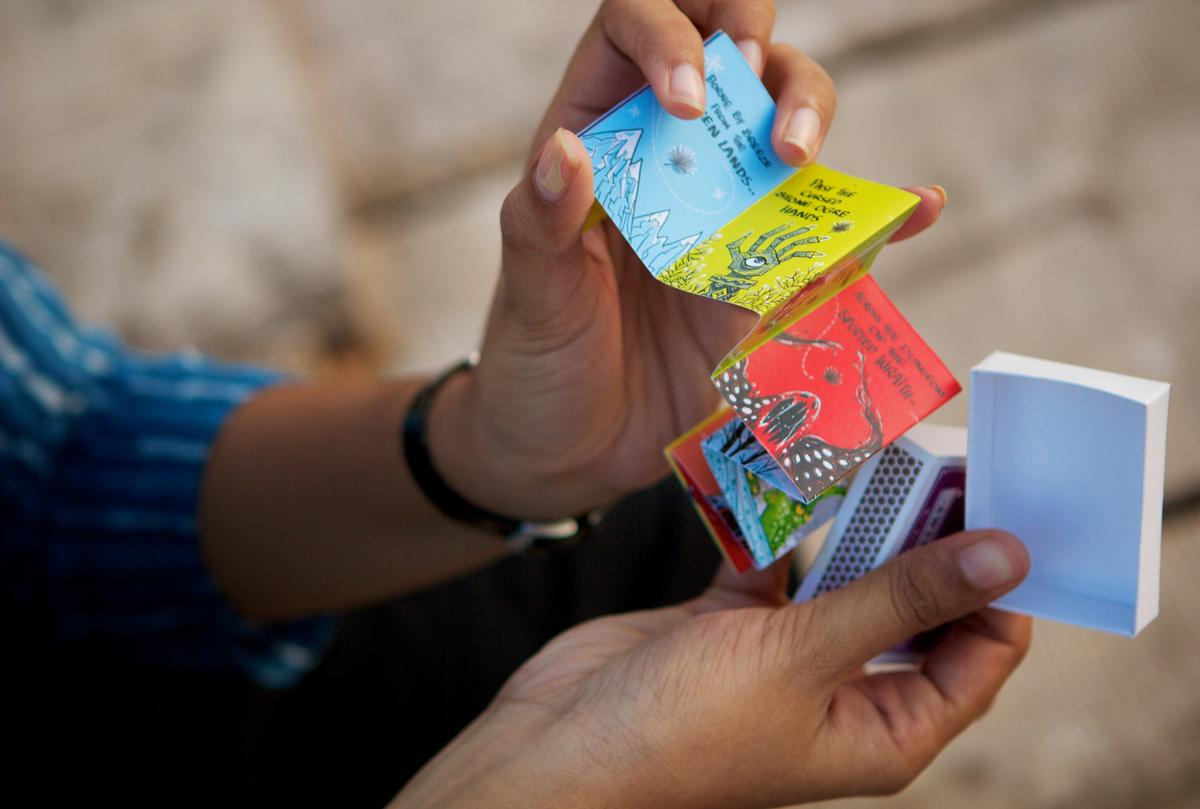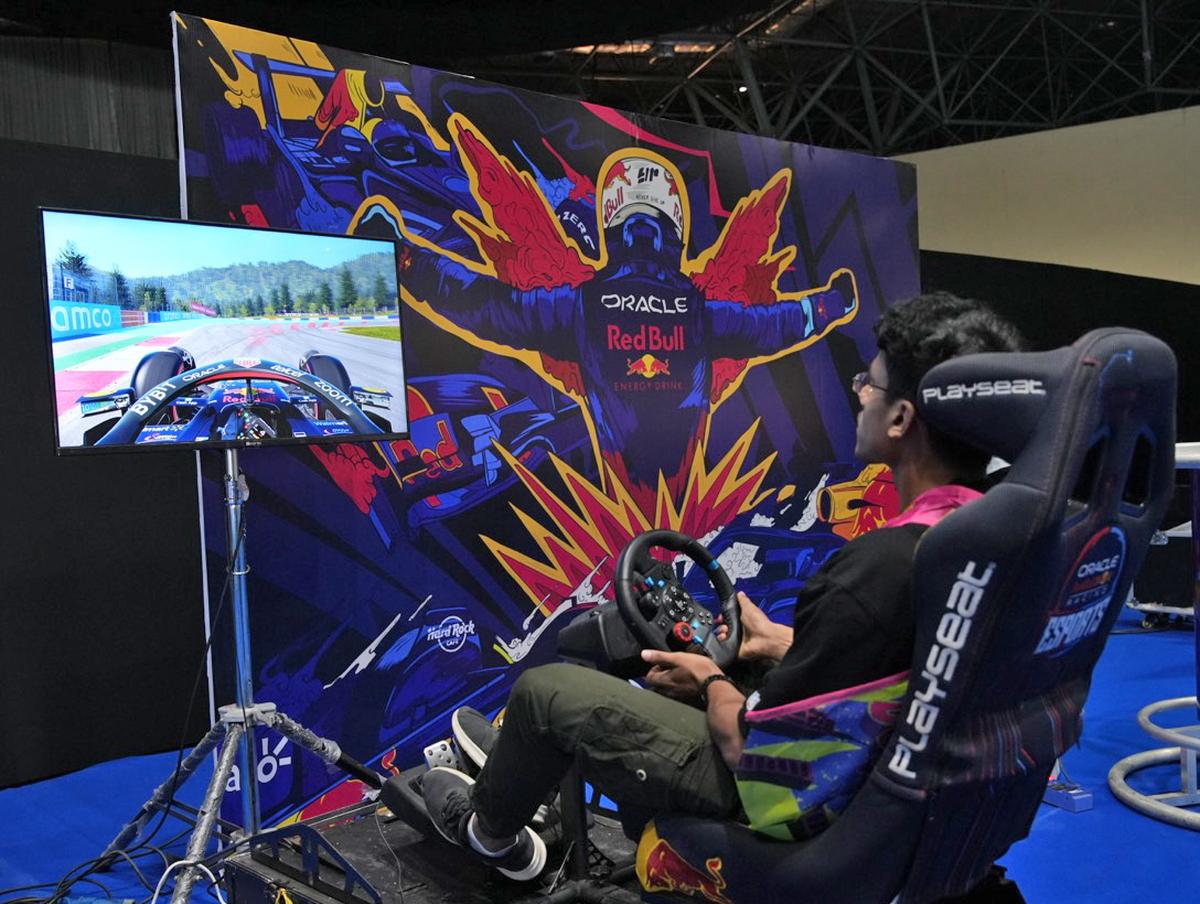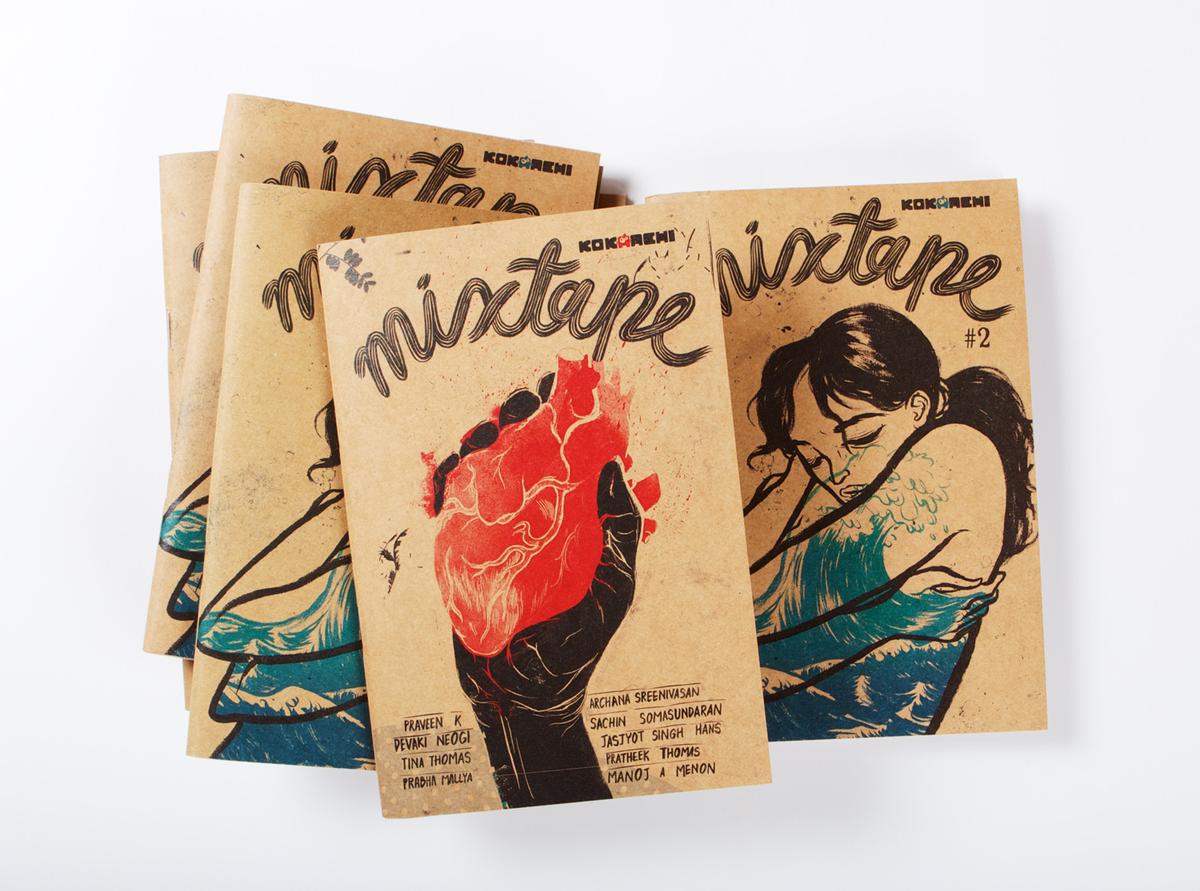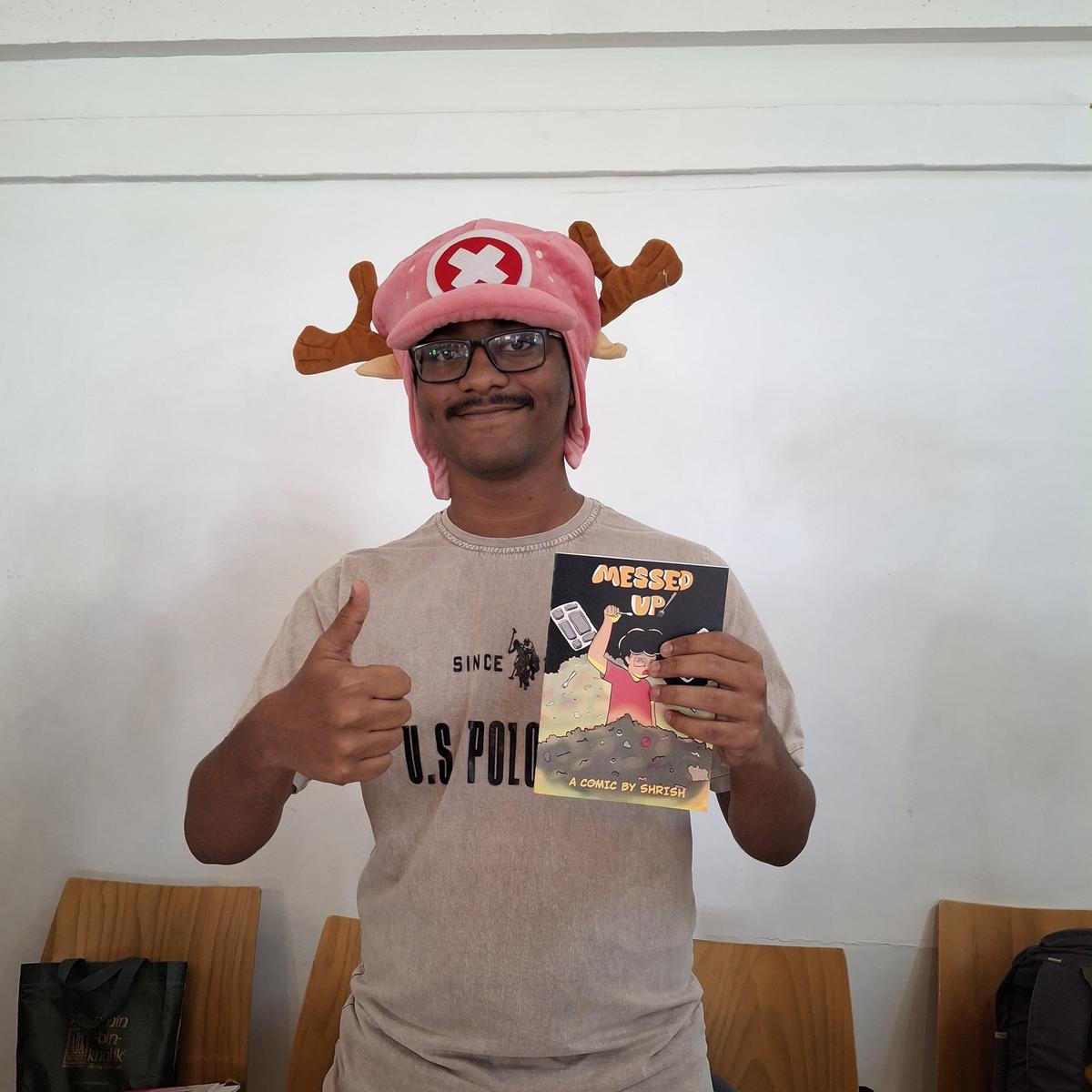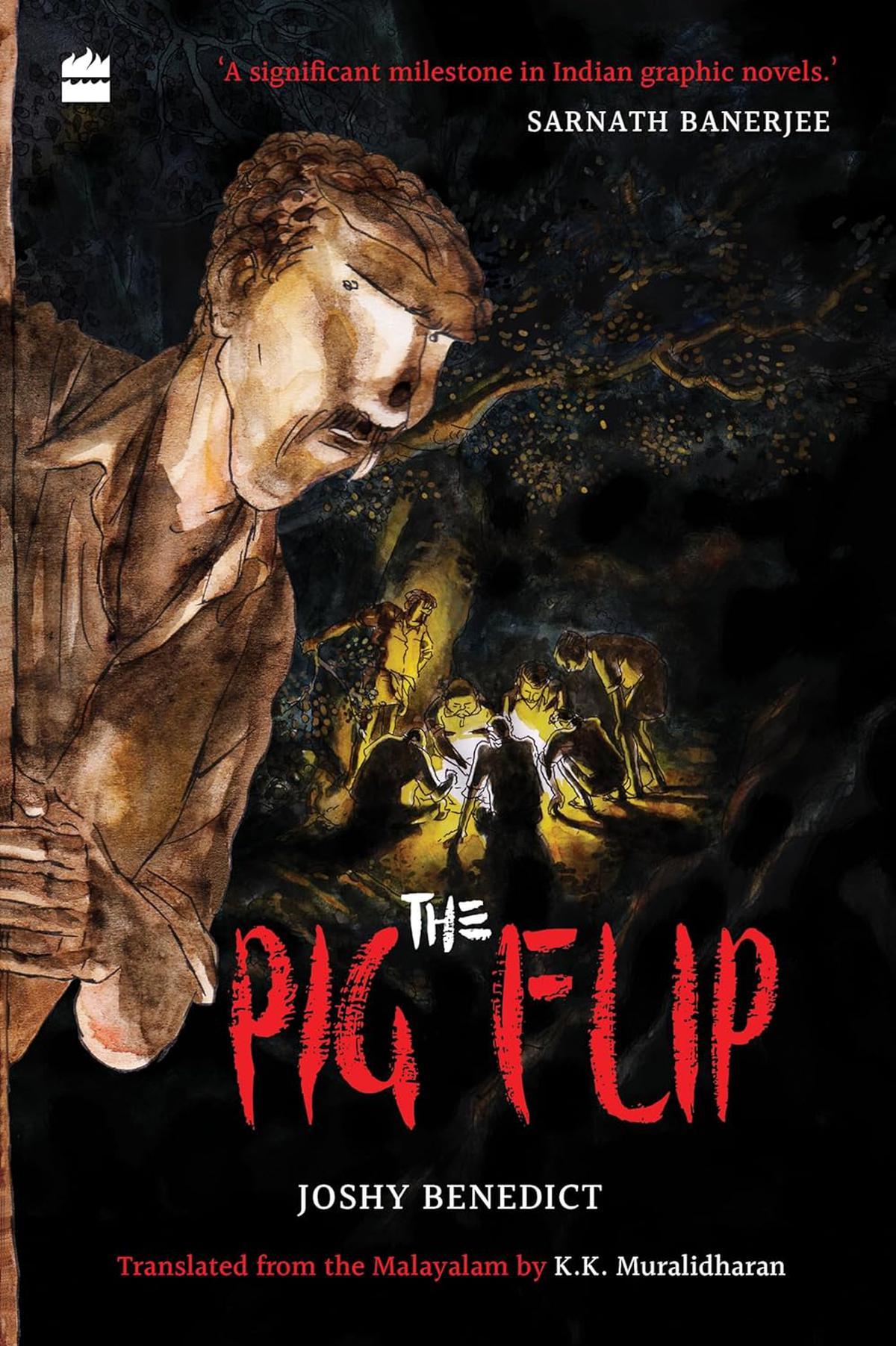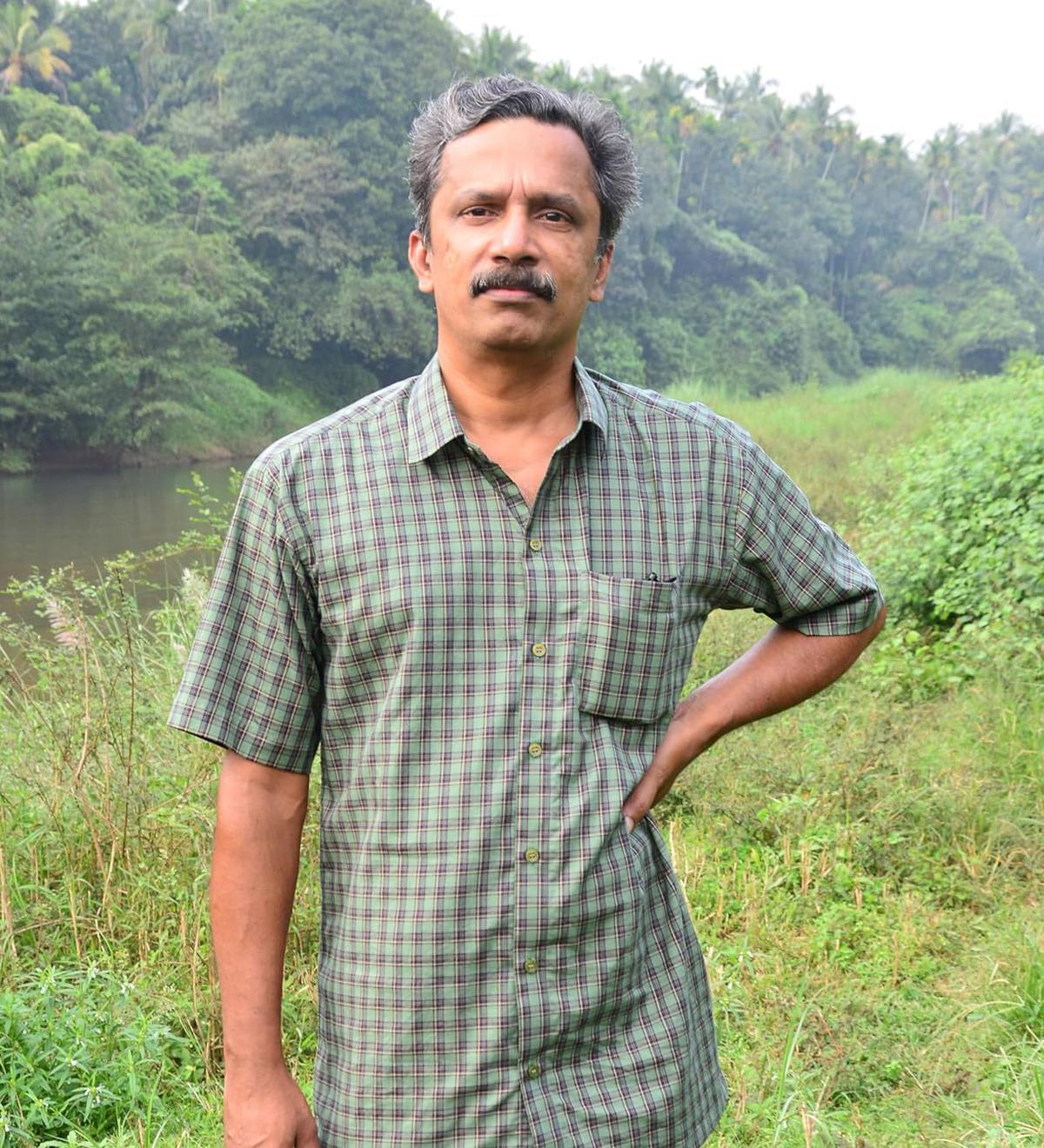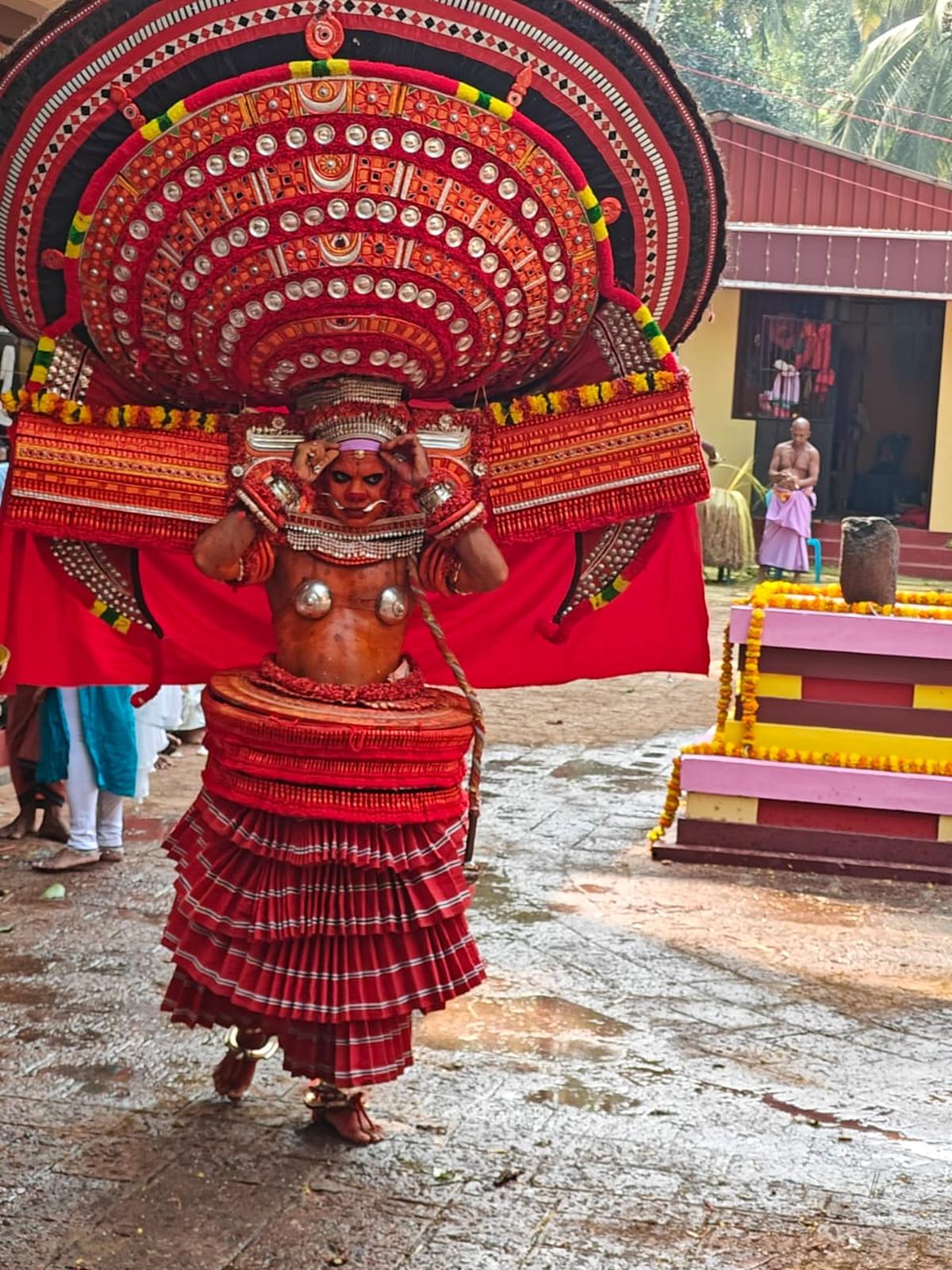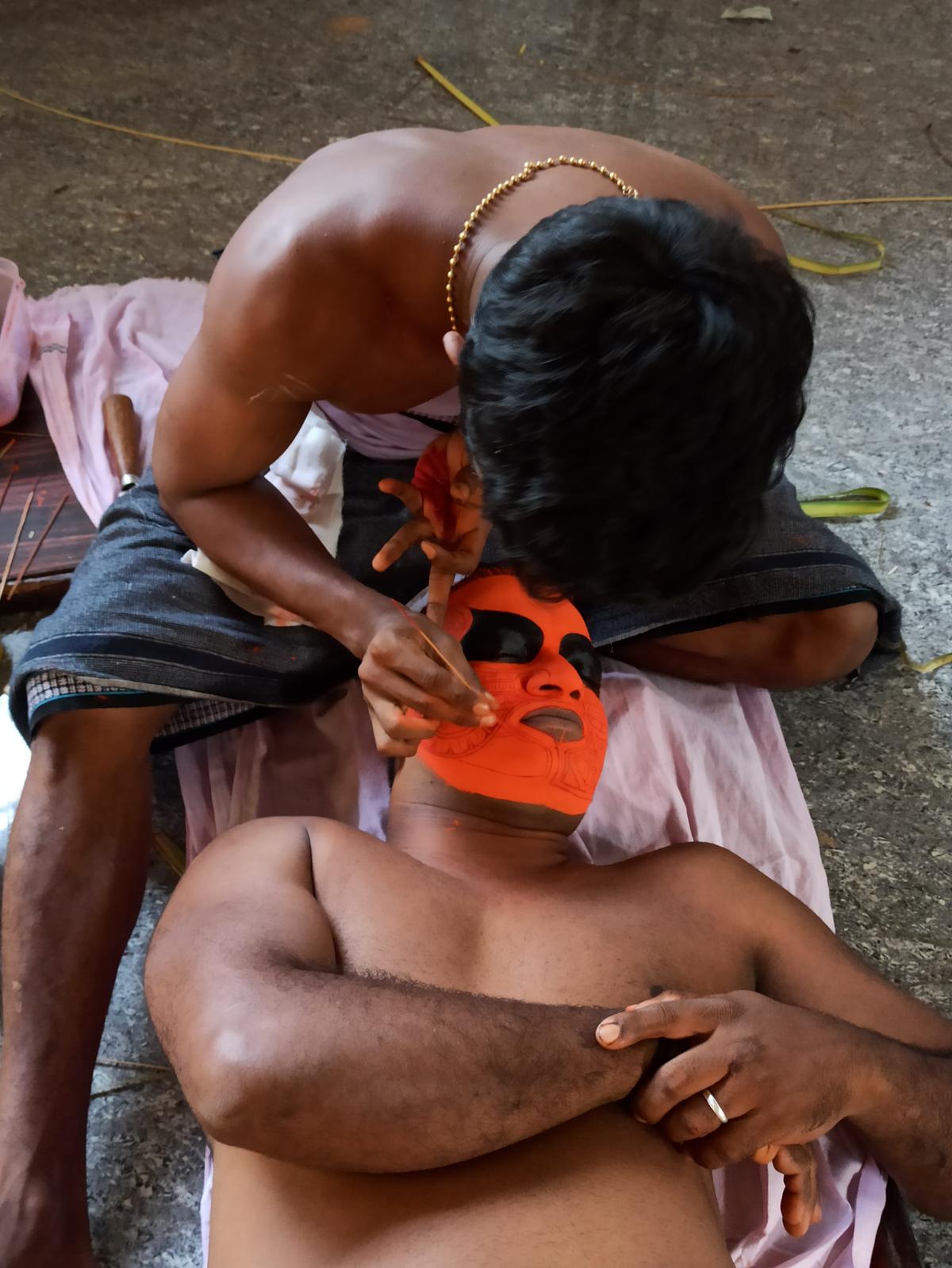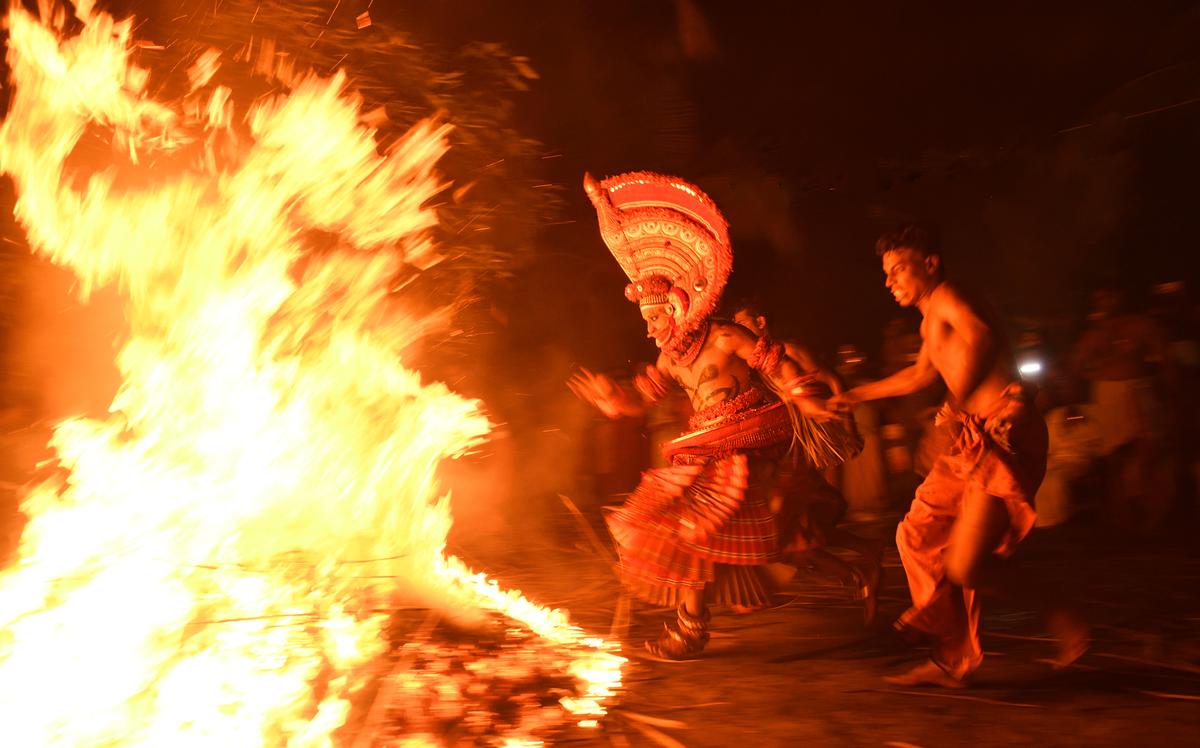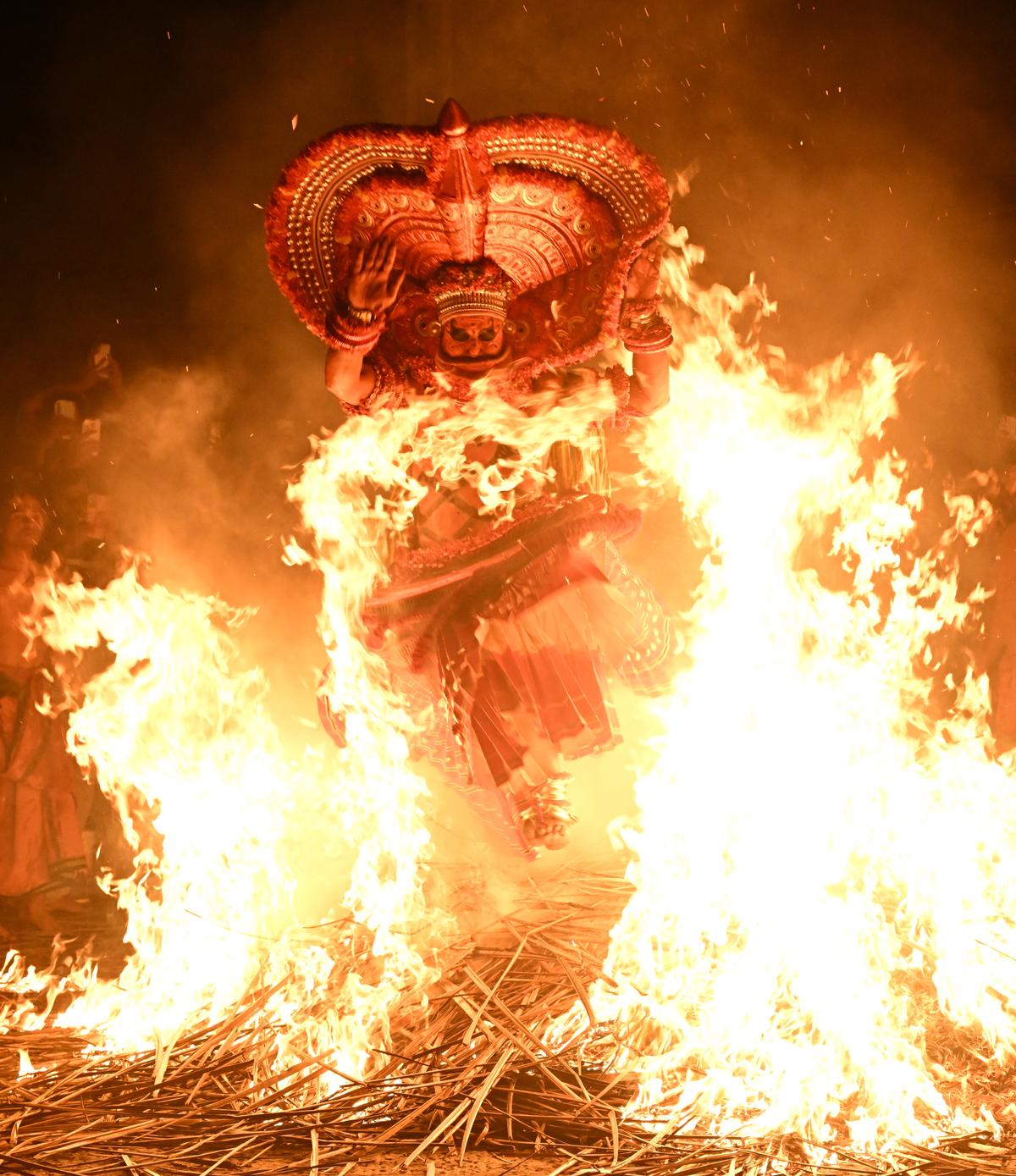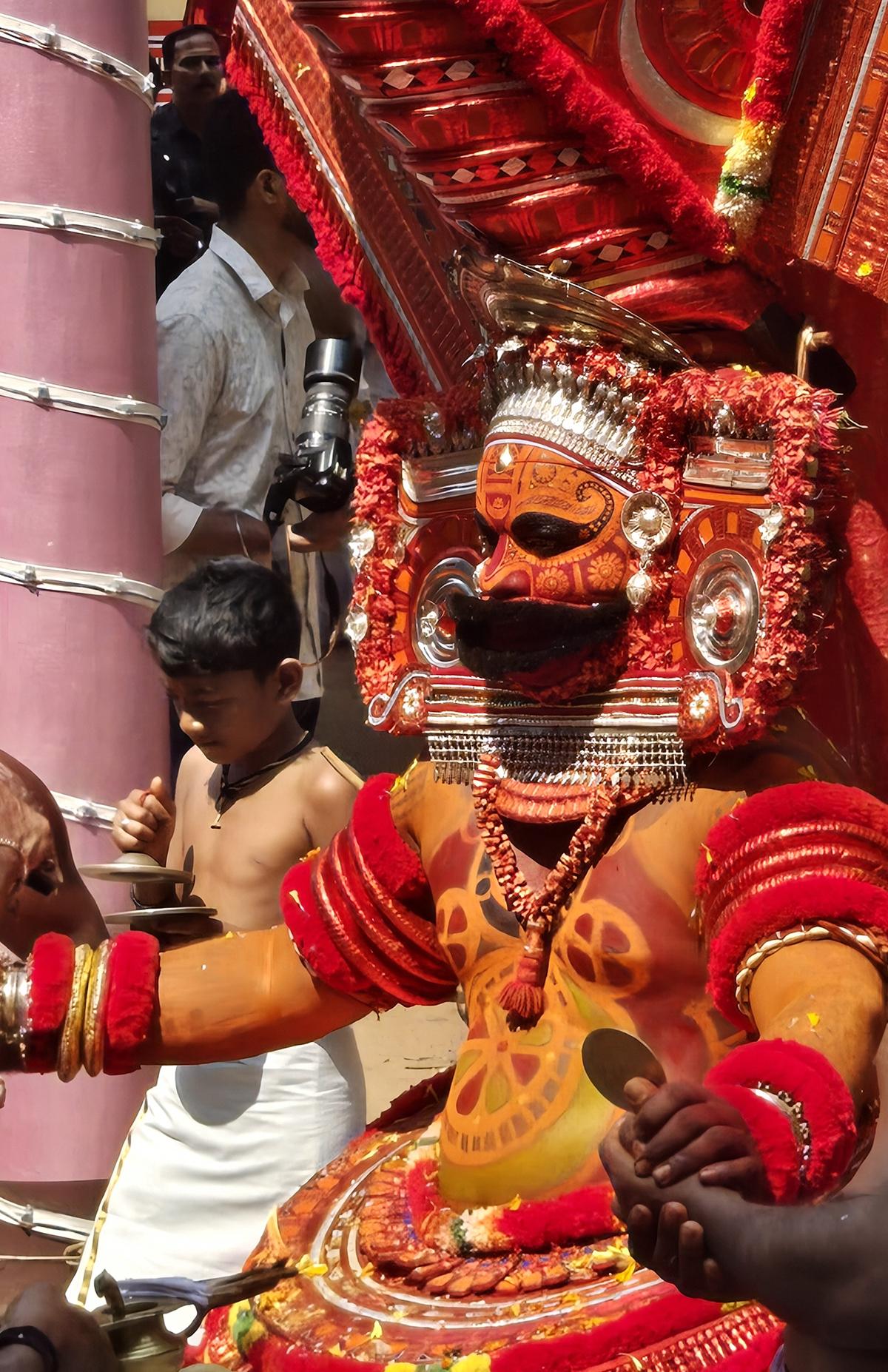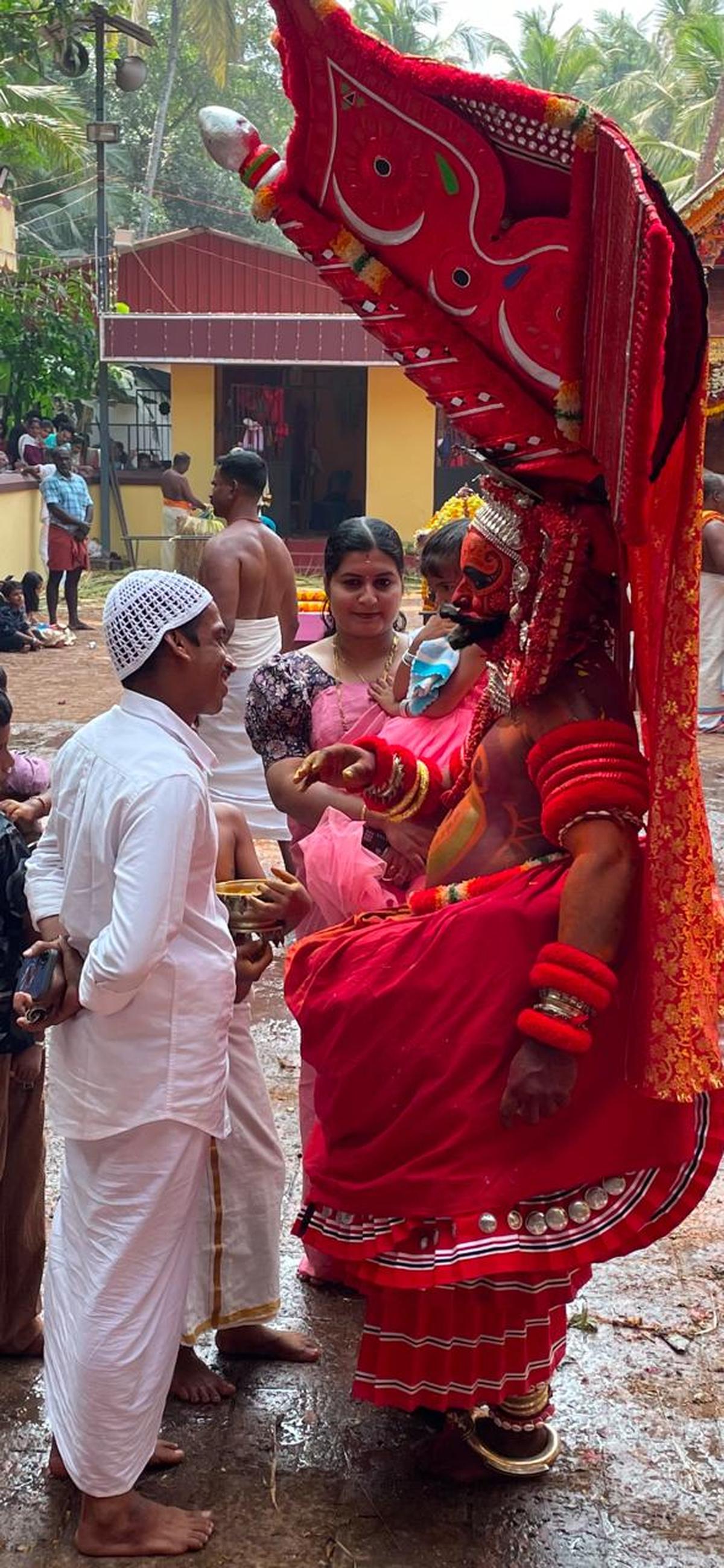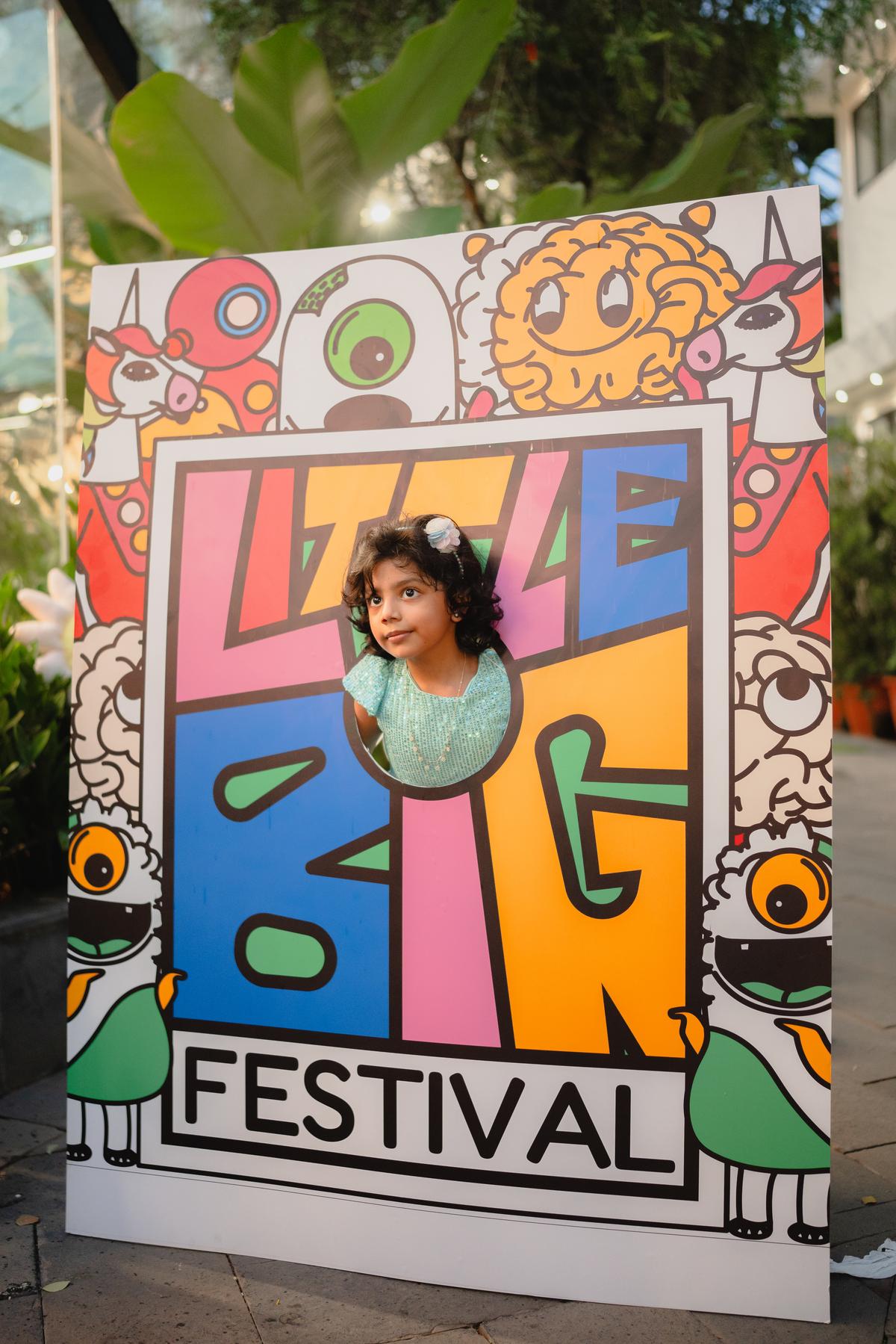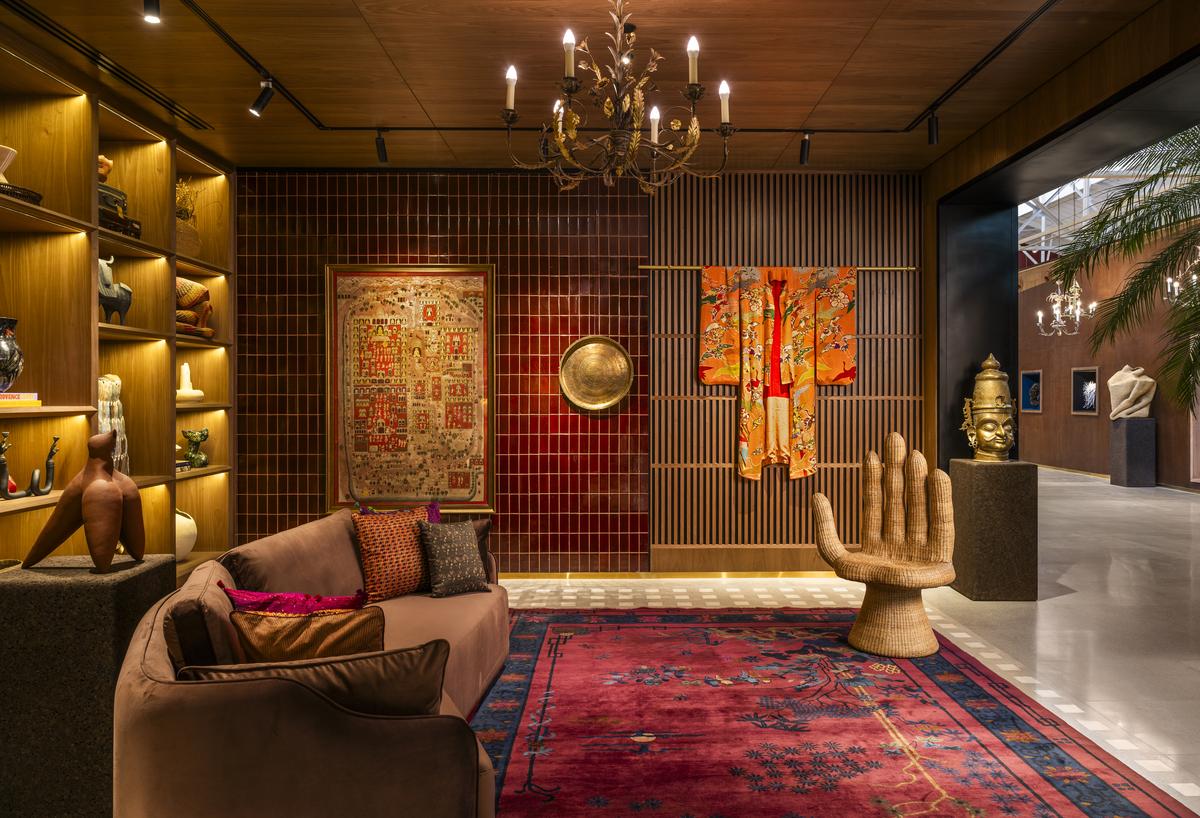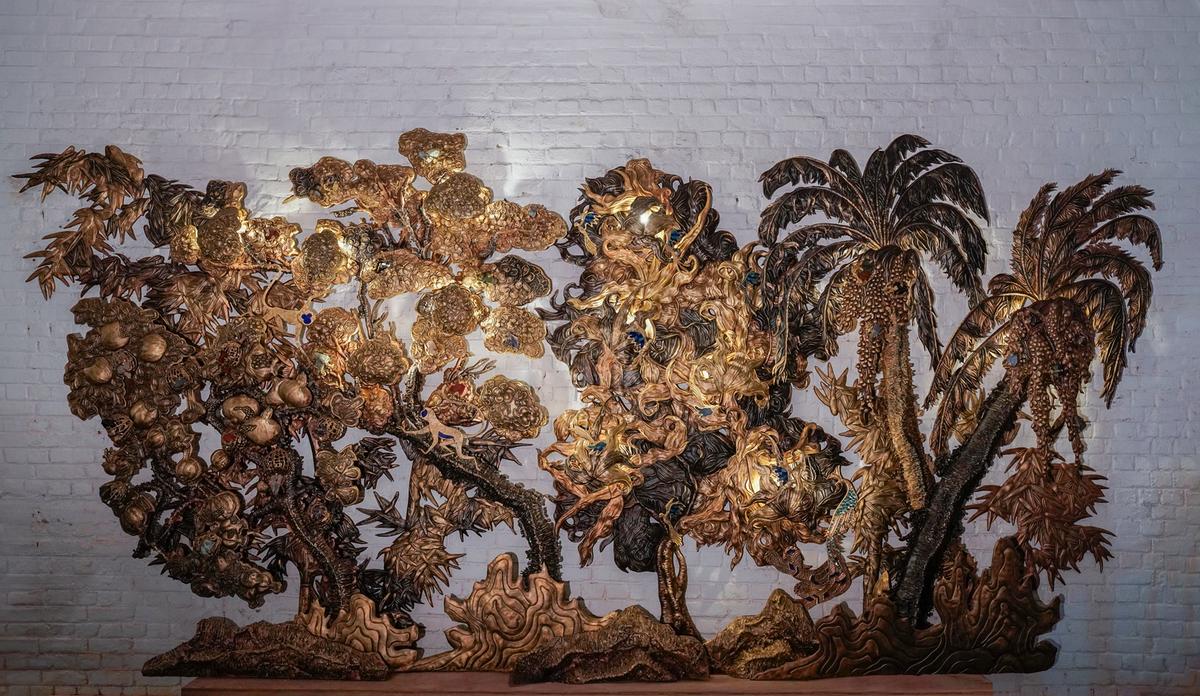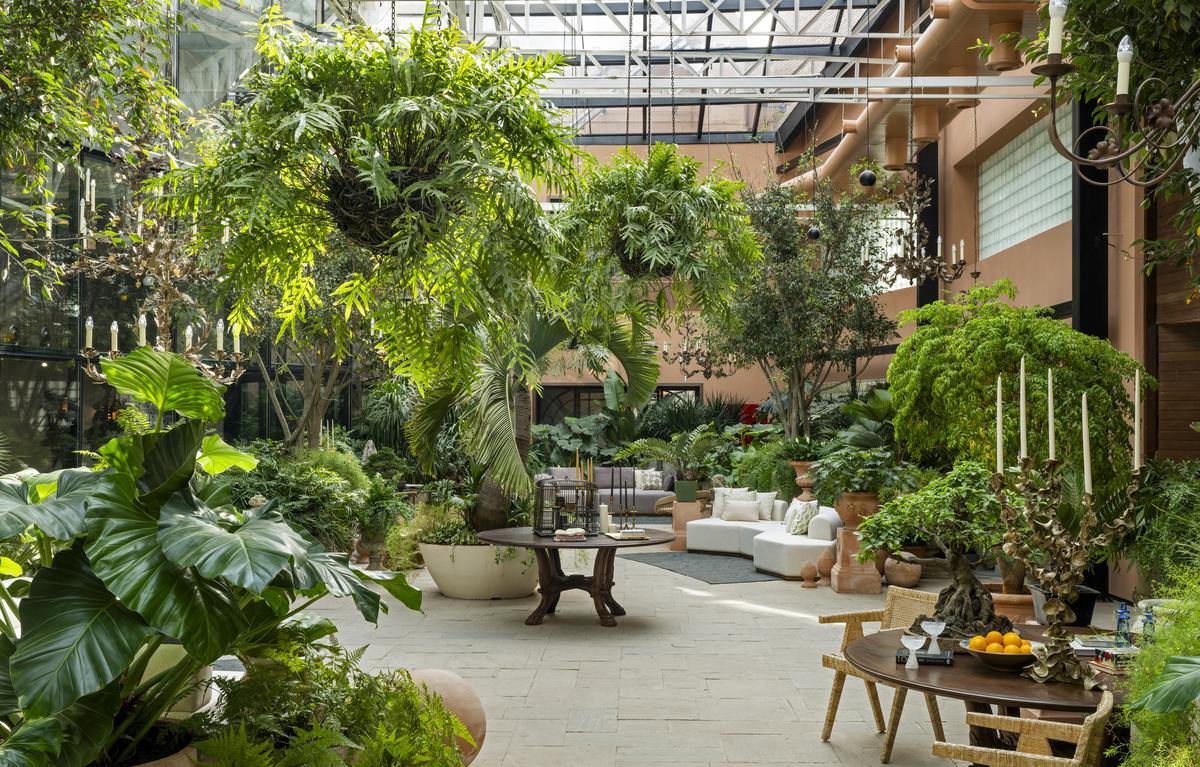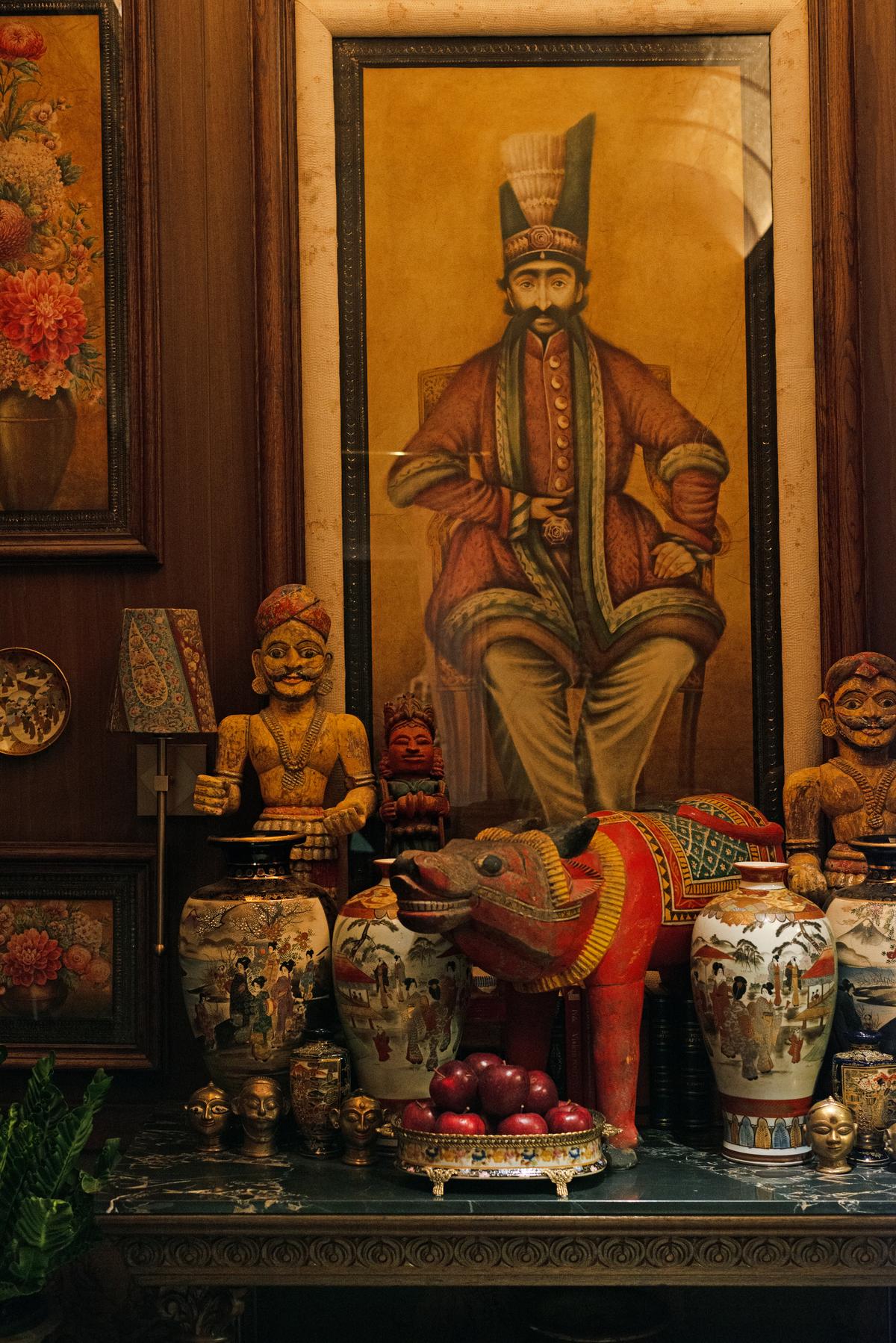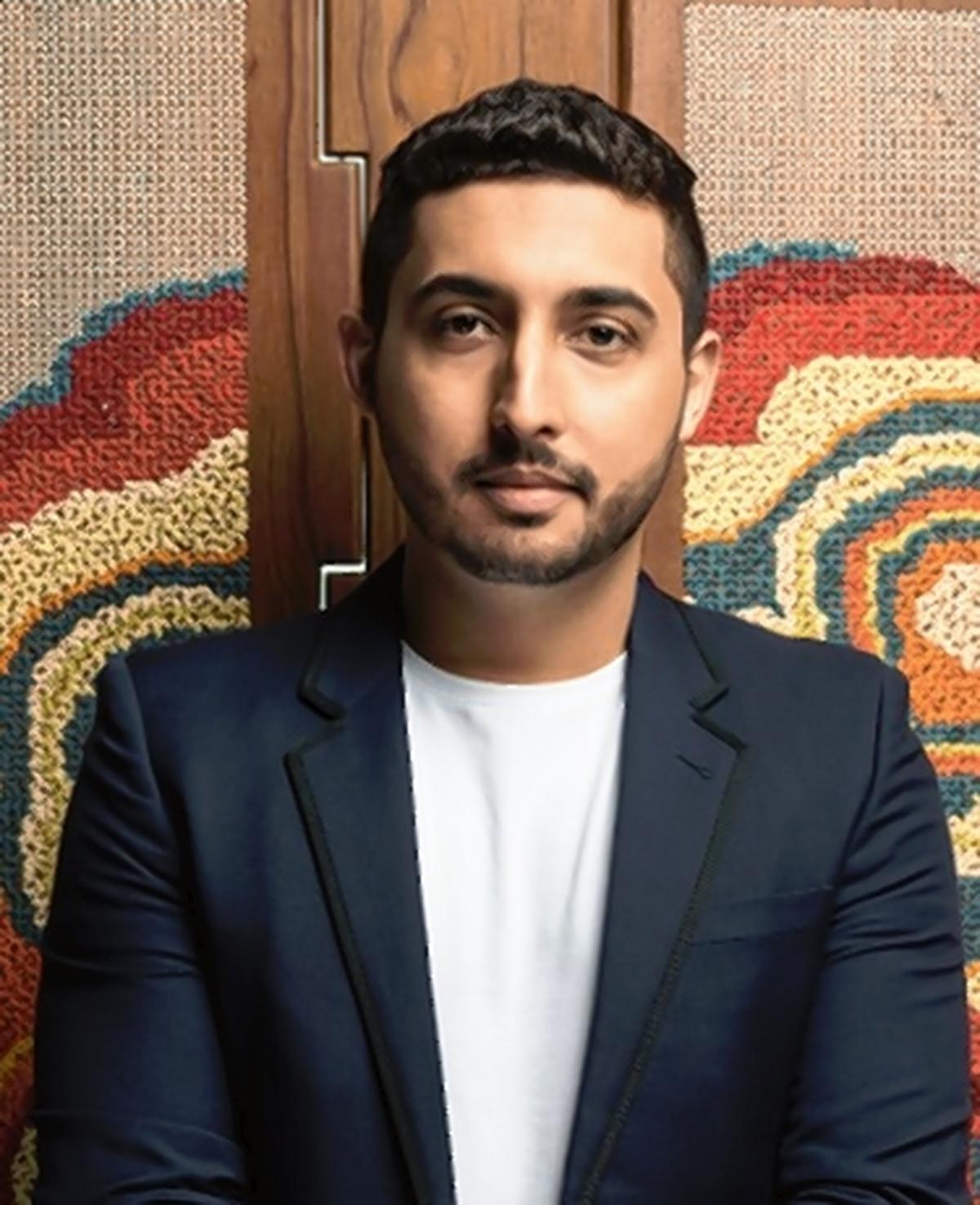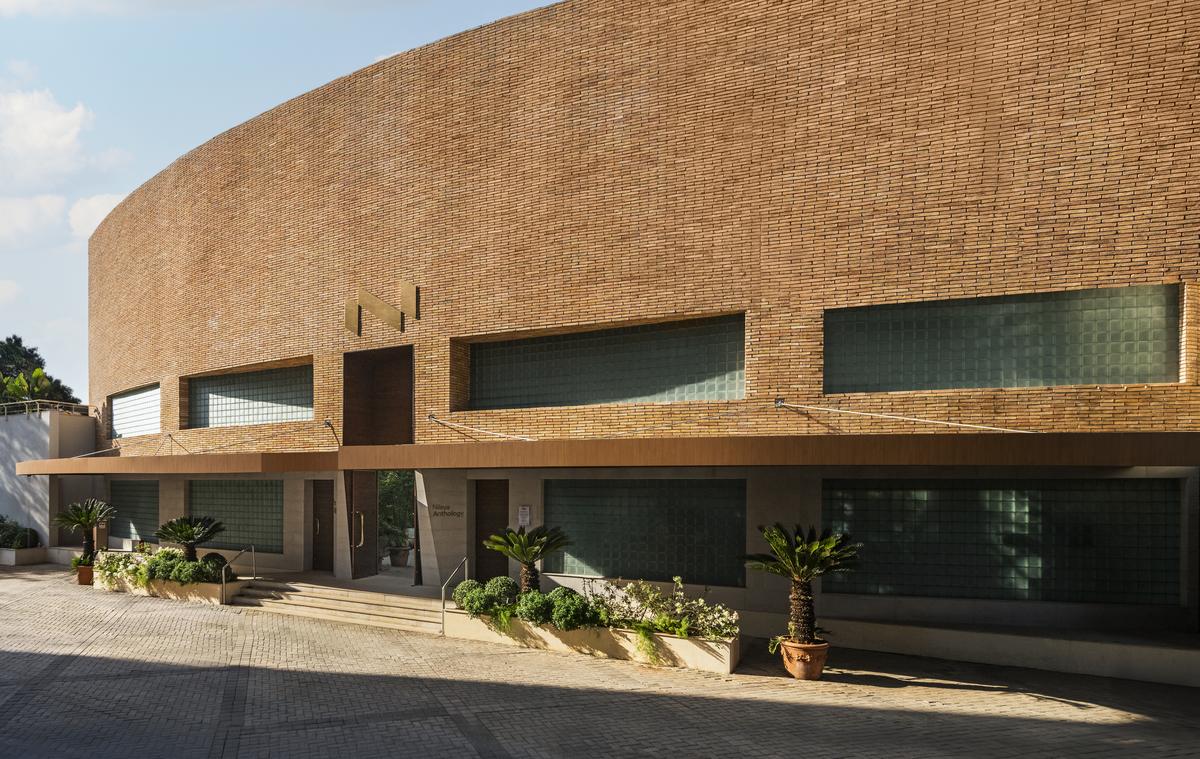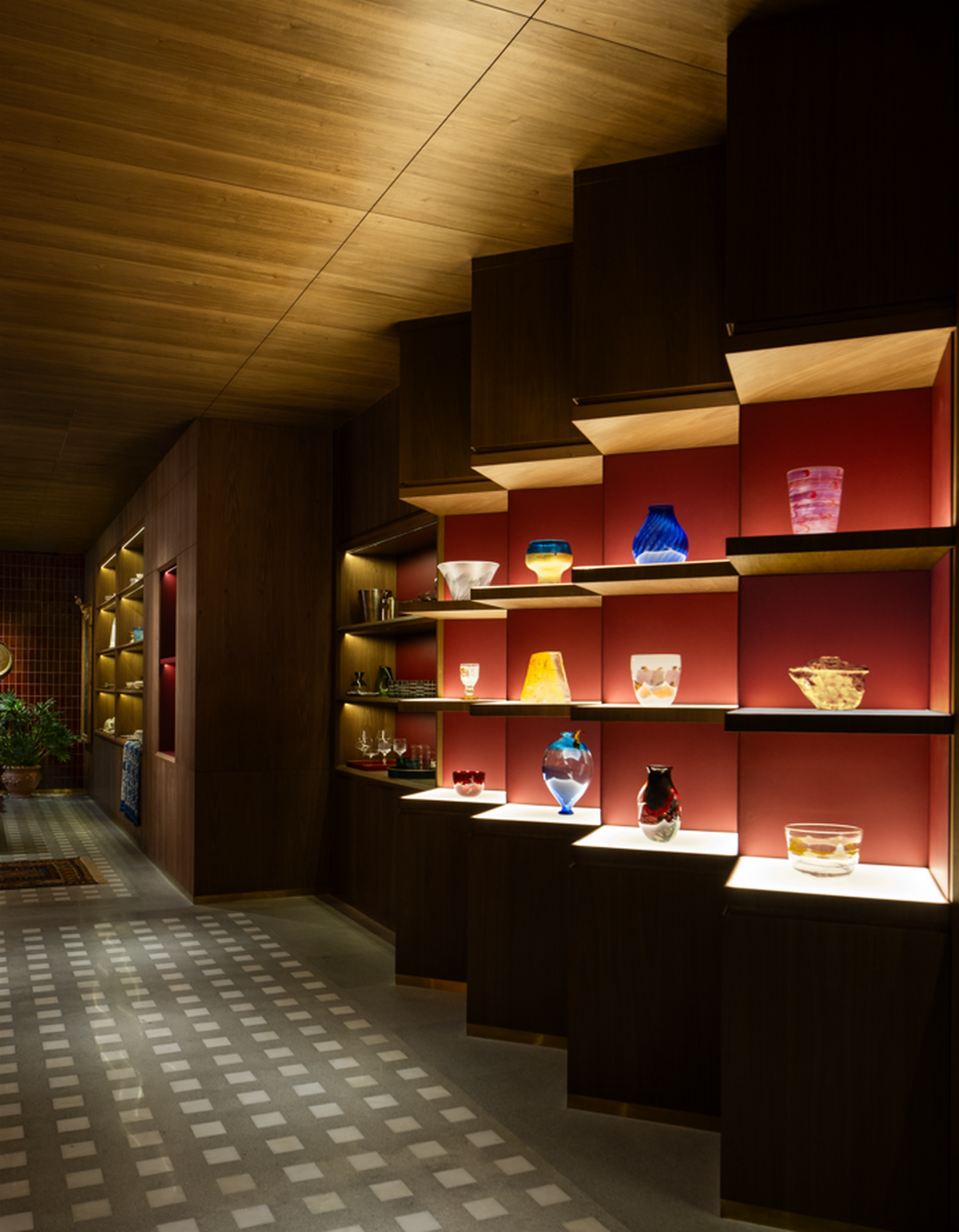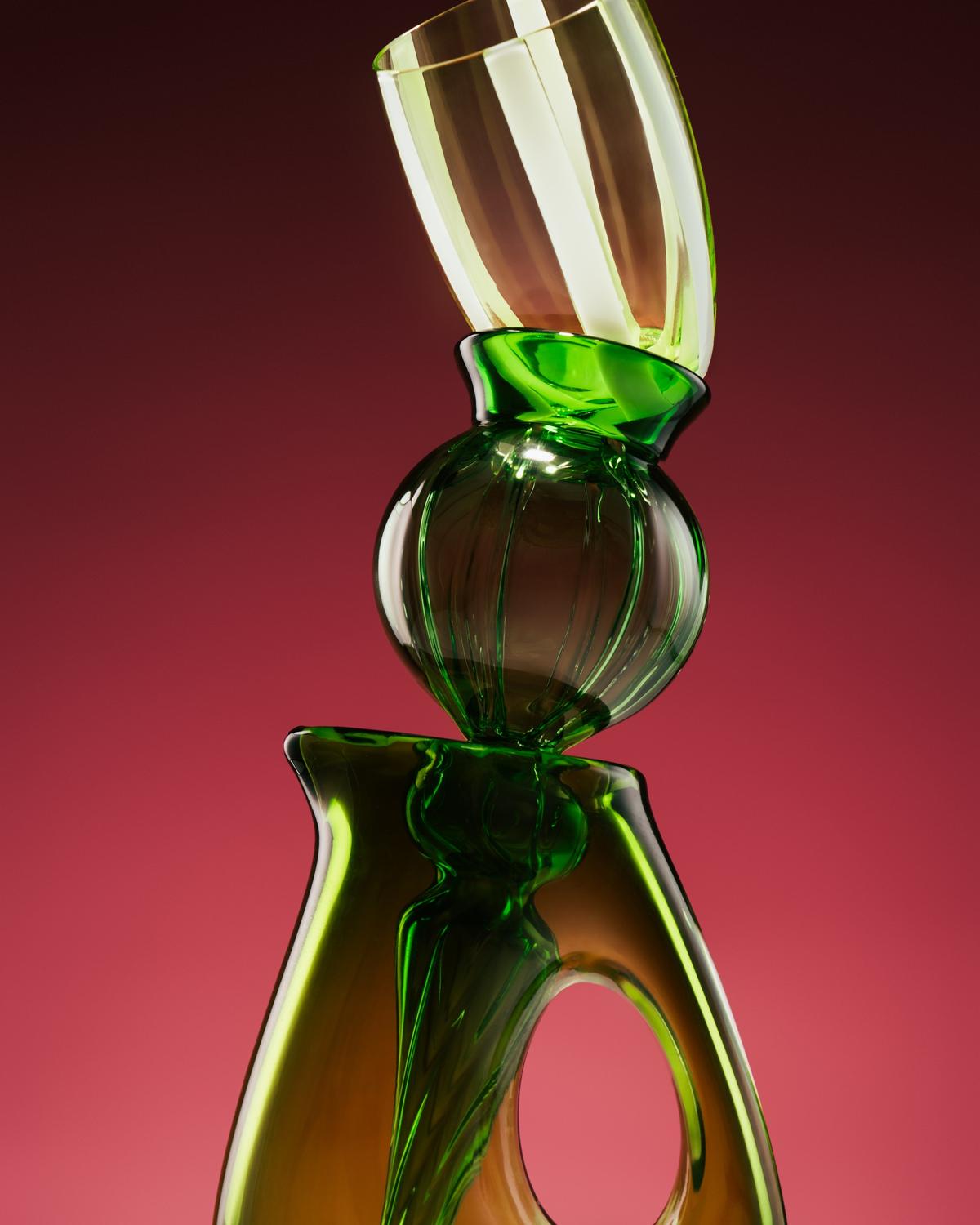Earlier this month, Chennai recorded its hottest March in 25 years. With another intense summer ahead in this coastal city, and humidity exacerbating the effects heart, there is a need for conversations on designing climate-responsive cooler homes and outdoor urban spaces of tree-lined parks, lakes and wetlands. Increasing green cover, implementing reflective roofing materials, adding vertical gardens and green walls, designing buildings with natural ventilation and creating wind corridors are some of the solutions at hand.
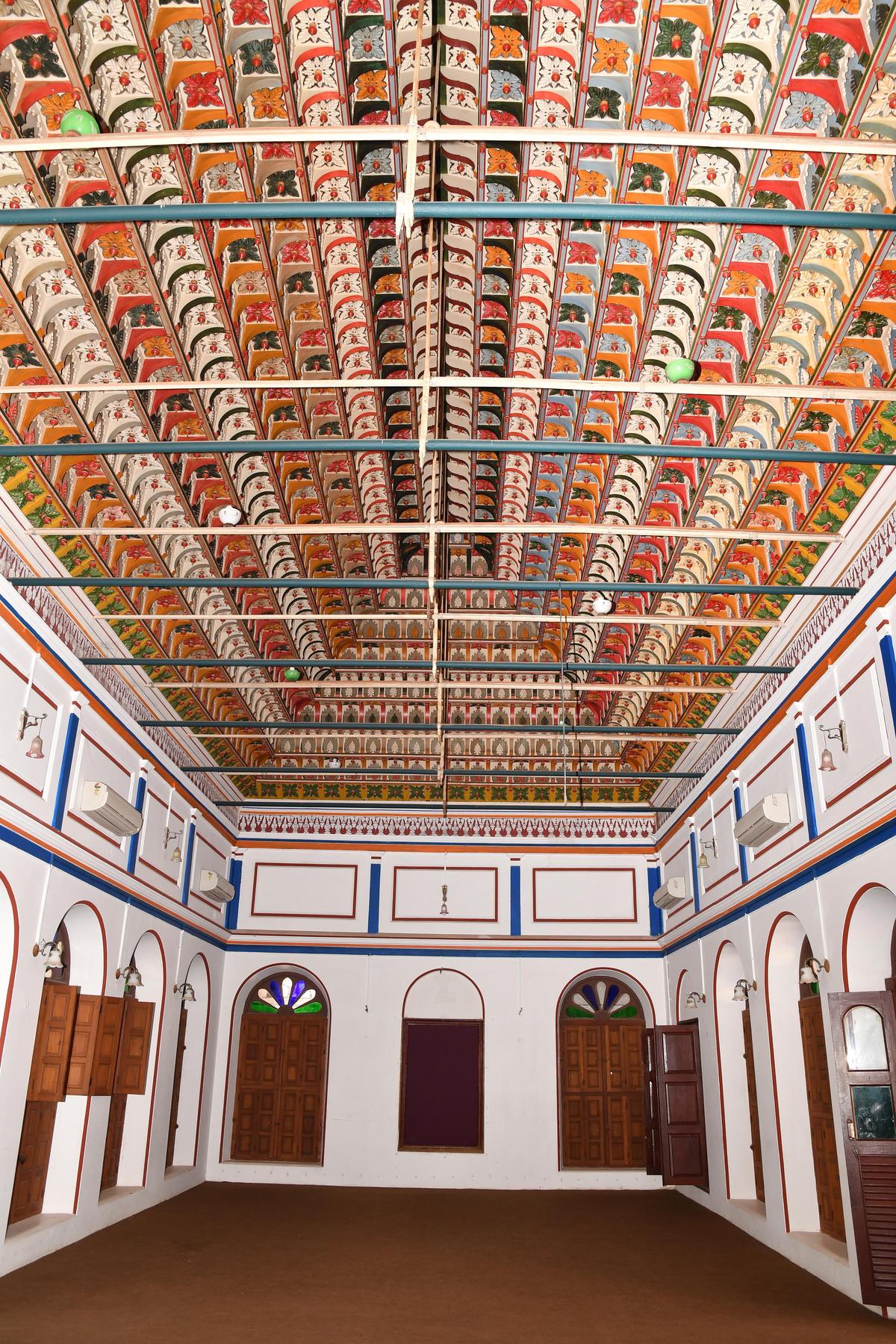
The interiors of a house at Kadiapatti in Pudukottai district.
| Photo Credit:
B. Velankanni Raj
At a recent workshop at Egmore Museum conducted by Roots Collaborative, and curated by artists collective Basement 21, about 30 participants from India, Canada, the U.K. and Malaysia took part. They explored the architecture of this campus on Pantheon Road, reliving its context from a hundred years ago. At the core of this investigation were questions on the potential of architecture to respond to new imaginations of Madras. The inherent possibilities of Tamil Nadu architecture to subdue the effects of a harsh hot-humid environment were explored as part of a much larger imagination of “reading a building”. Unlike European architecture that experiences cold weather, in India the crafting of porous screens, terraces, thick walls and cool interiors, design of facades with shadows and several other aspects have both a social and climatic relevance.
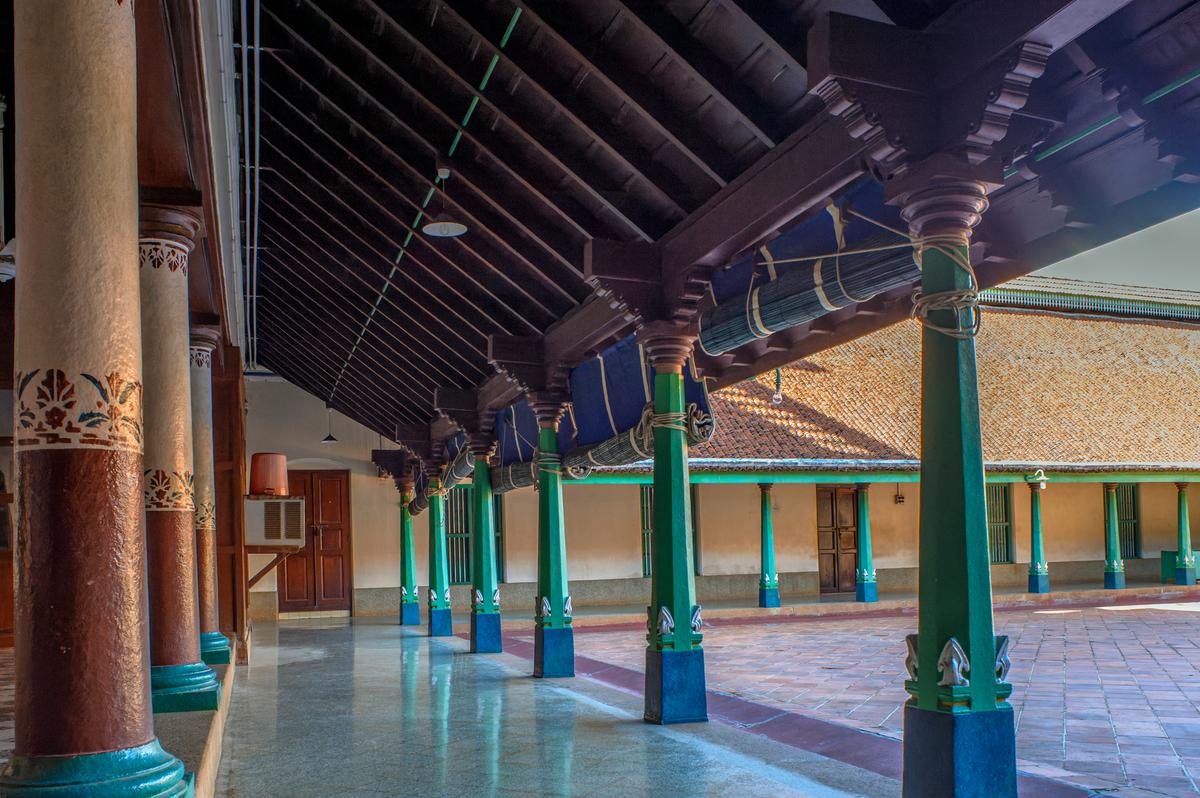
A heritage house in Karaikudi, Tamil Nadu.
| Photo Credit:
Getty Images/istock
Recreating such structures today may be a challenge due to the cost of materials and labour but we deciphered the elements of such buildings — Madras roofs, perforated screens (jalis), lime plaster, cool roofs and thick masonry walls — which have the inherent ability to subdue extreme heat, creating a cooler micro-climate. The intention was to craft spaces that are imaginative, while pragmatically responding to create a cool interiority.
Tree-lined streets and micro-climate
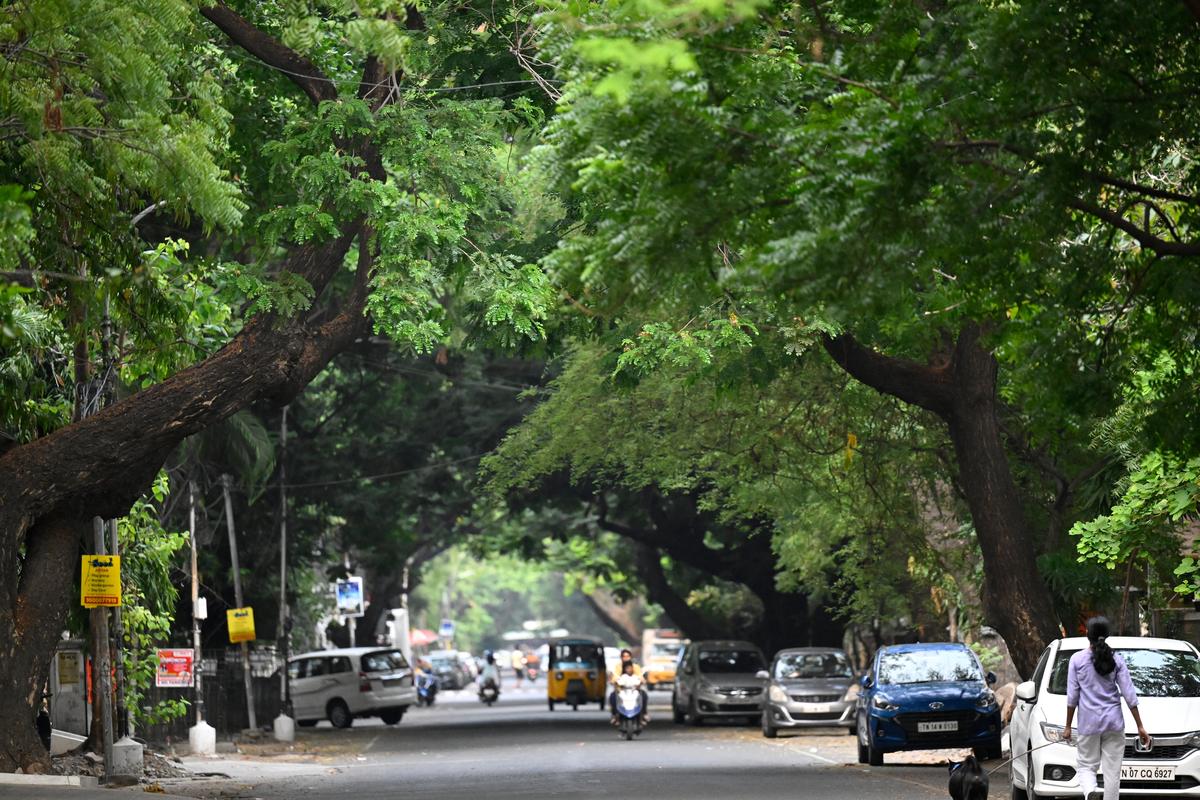
Avenue trees form a green canopy at Adyar, in Chennai.
| Photo Credit:
Akhila Easwaran
Environmental scientists and urbanists surmise that it is essential to revive the tradition of tree-lined streets of Adyar and T. Nagar. They created a cooler outdoor urban micro-climate and resulted in shaded pedestrian walkways. Until the advent of the industrial era, a century ago, Tamil Nadu’s towns continued to promote a climate-responsive architecture. Quintessential heritage dwellings in Kumbakonam and Karaikudi provide insights into how communities responded with innovative architectural designs. They encompassed ingenious passive design principles such as natural ventilation and shading devices. The colonial bungalows came with deep-shaded semi-open verandas and roofs of Mangalore tiles.
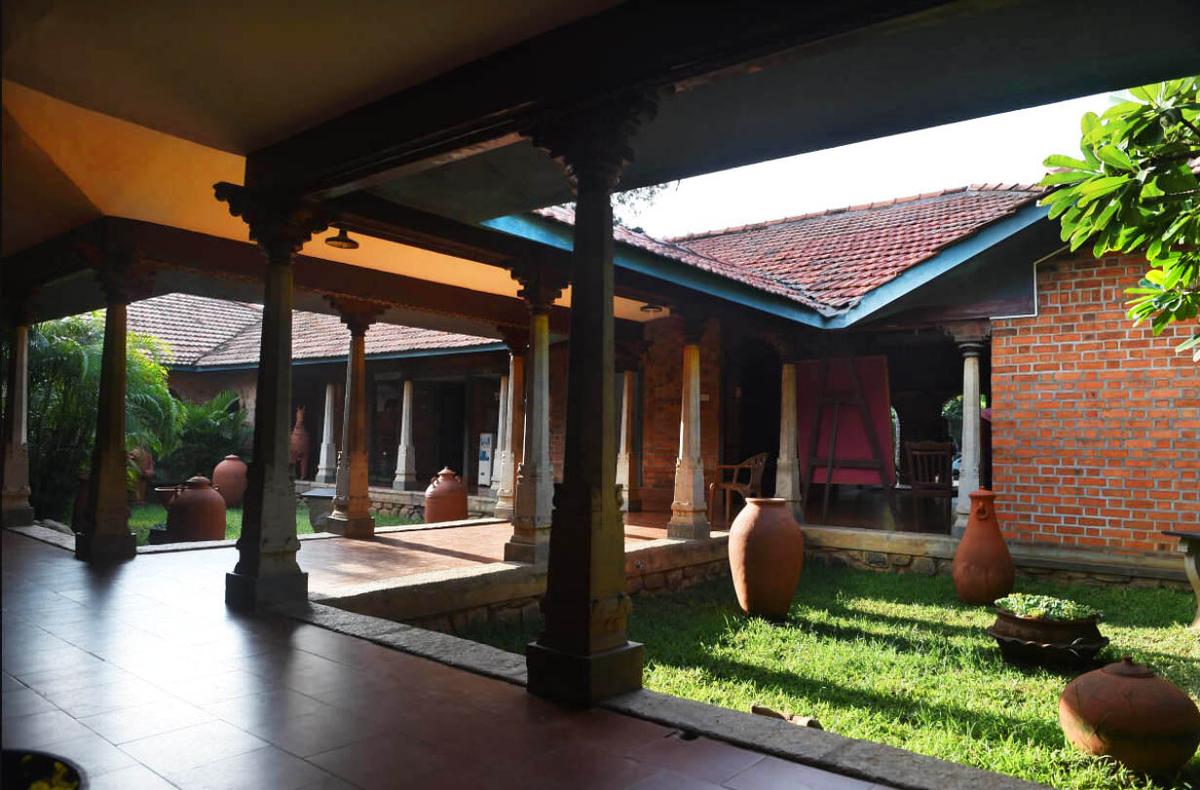
DakshinaChitra
| Photo Credit:
Special arrangement
Traditional wisdom at DakshinaChitra
It is possible to design buildings to create a cool inner micro-climate that contrasts with the hostile summer heat. You will see this in the reconstructed dwellings at DakshinaChitra on ECR that reflect a traditional wisdom in building construction and climatic understanding: using locally available materials, orientation, perforated jali windows, shaded balconies, rain water harvesting, semi-open verandas for natural cross-ventilation, large overhanging roofs and shading devices, and at times green roofs or Madras terraces.
A series of workshops for architecture students from Hindustan University, DY Patil-Navi Mumbai, Rajalakshmi School of Architecture, and several others have sensitised students, faculty and young architects to vernacular principles for climate change.
“Through a tour and in-depth discussion of the beautiful environmentally-sustainable houses at DakshinaChitra, students will begin to consider how the materials we use and the architectural designs we employ can align more harmoniously with our natural environment,” says Anitha Pottamkulam, director of culture at DakshinaChitra Museum.
Unfortunately, with the advent of concrete structures over the last three decades and the indiscriminate felling of trees to accommodate the rapid sprawl of the city, these principles are often overlooked. According to the State Planning Commission’s Heat Analysis report of 2024, “the Urban Heat Island (UHI) effect intensifies warming trends, with cities like Chennai, Coimbatore, and Madurai experiencing average night-time land surface temperatures of approximately 26 degrees Celsius. In 2023, the State government signed an MoU with the United Nations Environment Programme (UNEP) to develop a comprehensive urban cooling programme. Scientific research indicates the complex causes of this heat retention: urban density, loss of vegetative cover, and thermal properties of building materials, among other factors, collectively contribute to a warmer urban microclimate.”
Today, nearly 74% of Tamil Nadu’s population is exposed to air temperature above 35 degrees Celsius. There is therefore an urgent need to build heat resilience. Citizen groups, architects and environmentalists are exploring new ways of design, that can ensure the indoor temperatures are reduced by at least 4 to 5 degrees, within the home, during intense summers. These range from shading elements such as overhangs, louvres, orienting buildings to create shade, to ensuring adequate spacing between buildings, promoting airflow. The revival of indigenous locally available materials like lime plasters, recycled materials, terracotta, and renewable energy complements the shift to sustainable practices.
Semmozhi Poonga is a botanical garden, which is home to over 500 species of plants and over 80 trees, in the heart of Chennai.
| Photo Credit:
S.R. Raghunathan
Hope in roof terraces
How can new housing townships incorporate these climatic principles to mitigate the impending summer heat? Through history, such challenges have often become a source of innovation, providing possibilities for re-imagining both design as well as technological solutions like cooling systems, new materials and construction practices and shading devices.
For instance, transforming neglected roof-terraces into community spaces with shaded cover and green landscapes can create new forms of social gathering while substantially mitigating heat.
Situated in the tropics, the region receives ubiquitous sunlight to generate solar energy as well. Scientists agree that cities cannot resort to air-conditioning as a panacea to urban heat. As per the International Energy Agency (IEA), refrigeration and air conditioning causes 10% of the global CO2 emissions. Only 9% of Indian households have air conditioning, but this demand is projected to increase 20-fold by 2050. Holistic solutions integrating passive measures alongside technological solutions are required to approach the notion of urban cooling.
Global research indicates that rising temperatures could erode economic growth in cities and peri-urban areas. As part of the State’s heat mitigation strategy, several cities of Tamil Nadu, including Chennai, are in the process of formulating their long-term Master Plans.
Integrating the initiatives to regenerate green spaces accessible to all communities, as well as lakes and water reservoirs, and conserving wetlands is imperative. Green open spaces within a walking distance from all homes, if rejuvenated, understanding its environmental science, can create cooler urban neighbourhoods. Climatically well-designed urban spaces, which constitute almost 30% of Chennai, could reinforce the resilience, to mitigate the adverse impacts of heat waves and climate change in the future.
Reviving lakes and urban parks

Tholkappiya ecological park, Chennai.
| Photo Credit:
Athullyea Padmanabhan
Appropriate urban design includes reviving natural lakes and conserving green spaces. A case in point is the revival of Adyar Poonga, Semmozhi Poonga and other green spaces, water reservoirs and parks in Chennai, that can be a panacea for summer heat.
Community participation and engagement in urban planning, neighbourhood governance, tree-planting efforts, cleaning drives of the coast and lakes substantially contribute to these efforts at all levels.
The writer is founder of Artes Roots Collaborative and is involved in the revival of urban greens and ecological precincts.
Published – March 21, 2025 04:37 pm IST
